That glass of water you drink every day? It may not be as clean as it looks. Sometimes, the reason behind strange tastes could be salts and minerals you can’t see.
The key to it all? One tiny number called TDS.
That “clean” glass of water you drink every day? It might be hiding more than you think. From mystery minerals to uninvited salts, the culprit behind that weird taste—or your sudden dry skin—often comes down to one tiny number: TDS.
Here's what you need to know about TDS.
What Is TDS and Why Should You Care?
TDS, or Total Dissolved Solids, measurement of dissolved particles in your water, like minerals, salts, or other trace elements.
Learning how to measure TDS in water helps you decide whether your water contains the right mineral balance. The issue is more pressing for homes with high water hardness.
In such cases, investing in the best water softener for bathroom is a preventative step for better water quality and overall wellness.
To know more about the good and levels of TDS, read our blog on What Is TDS in Water: The Truth About Good vs. Bad TDS
Measuring TDS at Home
The process of testing the TDS in your water is an easy and affordable one. You only need a digital TDS meter. Follow these easy steps below:
-
Collect some tap water in a clean glass.
-
Turn the TDS meter on, and put the tip in the water.
-
The reading will stabilize in a few seconds.
-
The value on the display is your TDS level in parts per million (ppm).
Knowing how to measure TDS in water helps you understand if your water is mineral-rich, too salty, or in need of treatment.
What Your TDS Reading Tells You
What do those figures mean?
-
Less than 15 ppm: -Very low, it might be deficient in minerals.
-
50-250 ppm-Drinkable water- very good mineral balance and taste.
-
250-1000 ppm- may contain excess salts or contaminants. It is advisable to filter it.
-
1000 ppm and above- unsuitable to drink without adequate treatment.
High TDS may cause water to taste bitter, metallic or salty. More importantly, it can indicate the existence of toxic elements such as heavy metals or contaminants.
Conclusion
Drinking water isn't the only issue. When the TDS in your water is too high, it can leave white marks on taps, make your soaps less effective, and even cause hair fall or dry, itchy skin after a shower.
That’s why choosing the best water softener for bathroom use is important. Trust RiverSoft for effective water softeners for softer water for your hair and skin.
Knowing how to measure TDS in water gives you a good idea about your water quality—whether it's for drinking, bathing, or cooking.




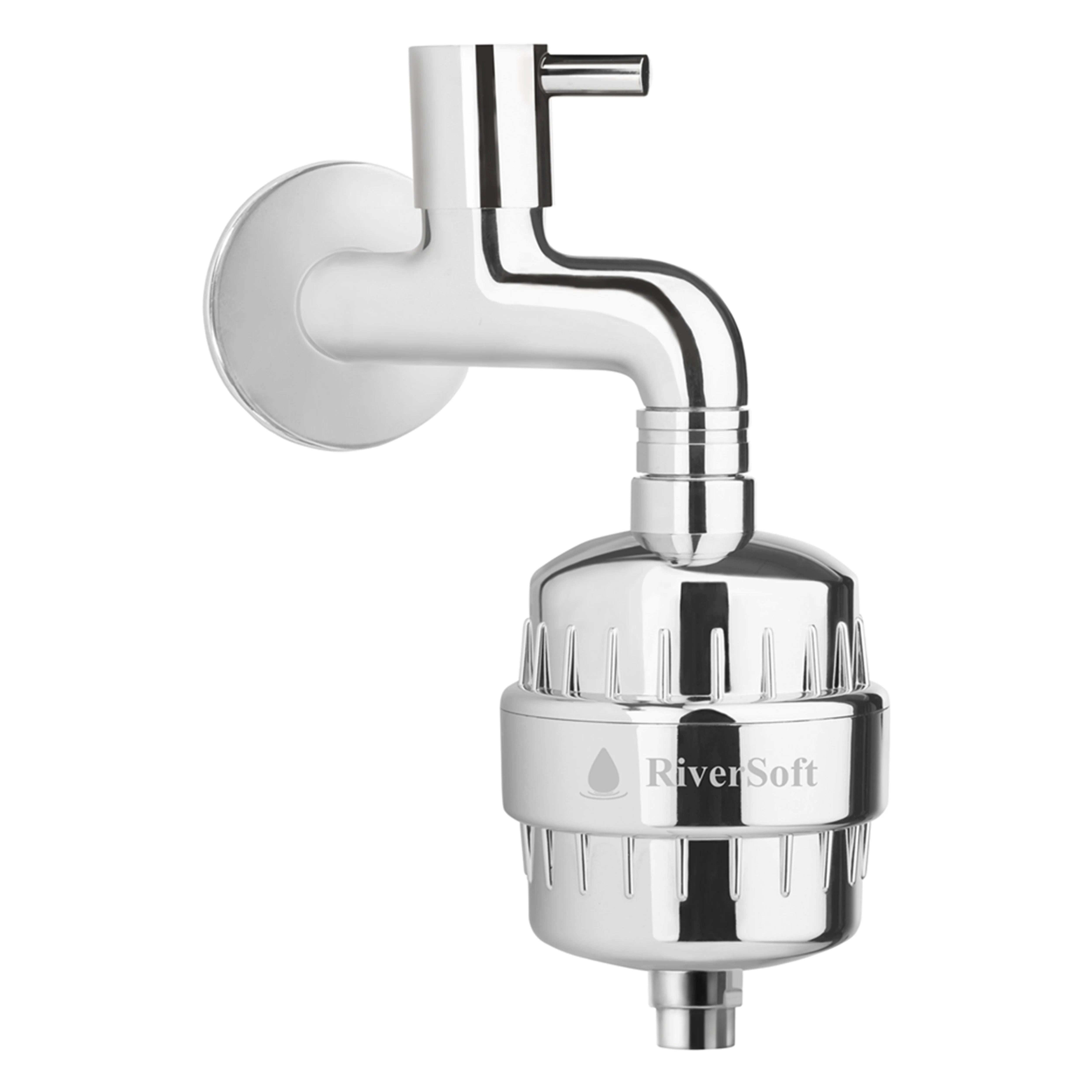
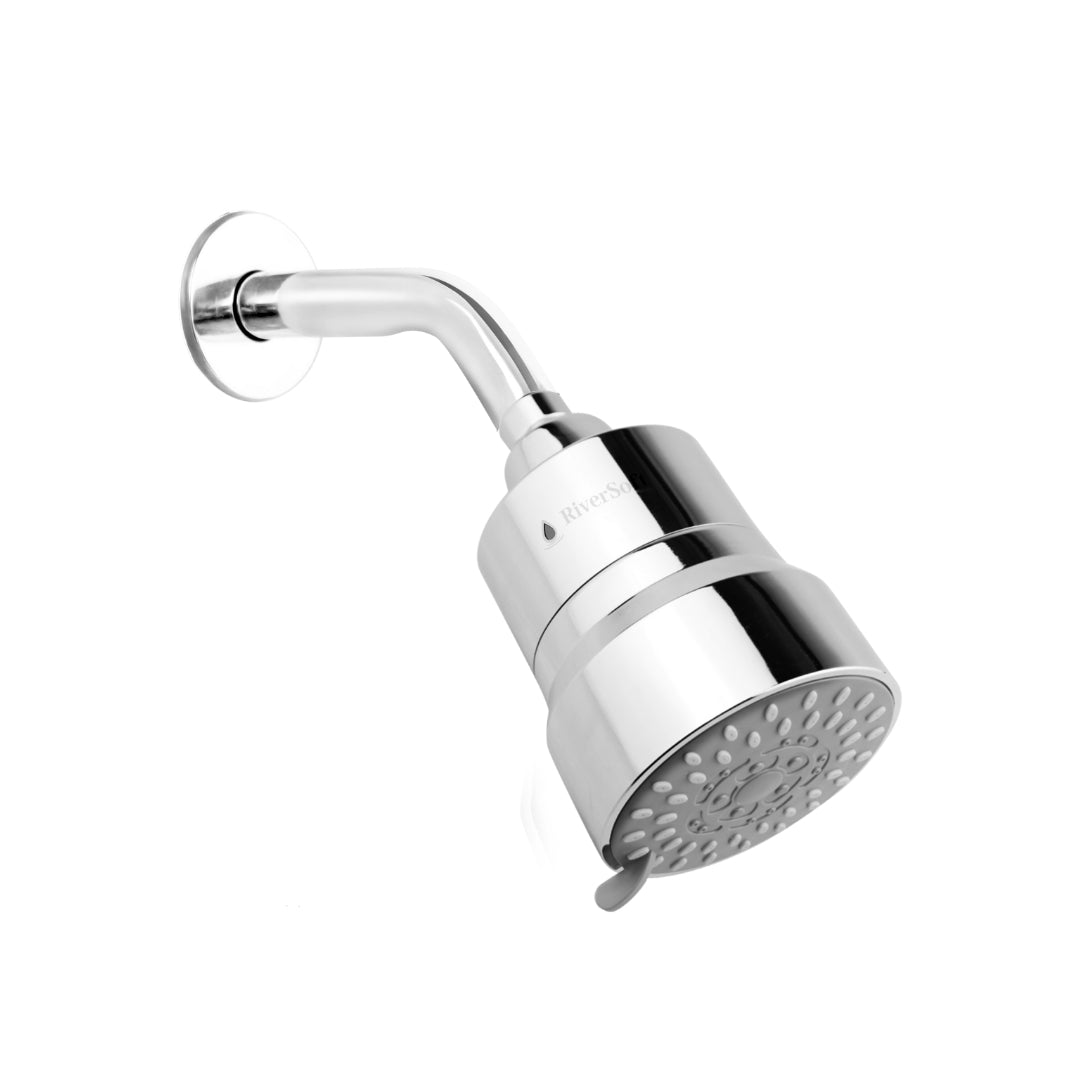
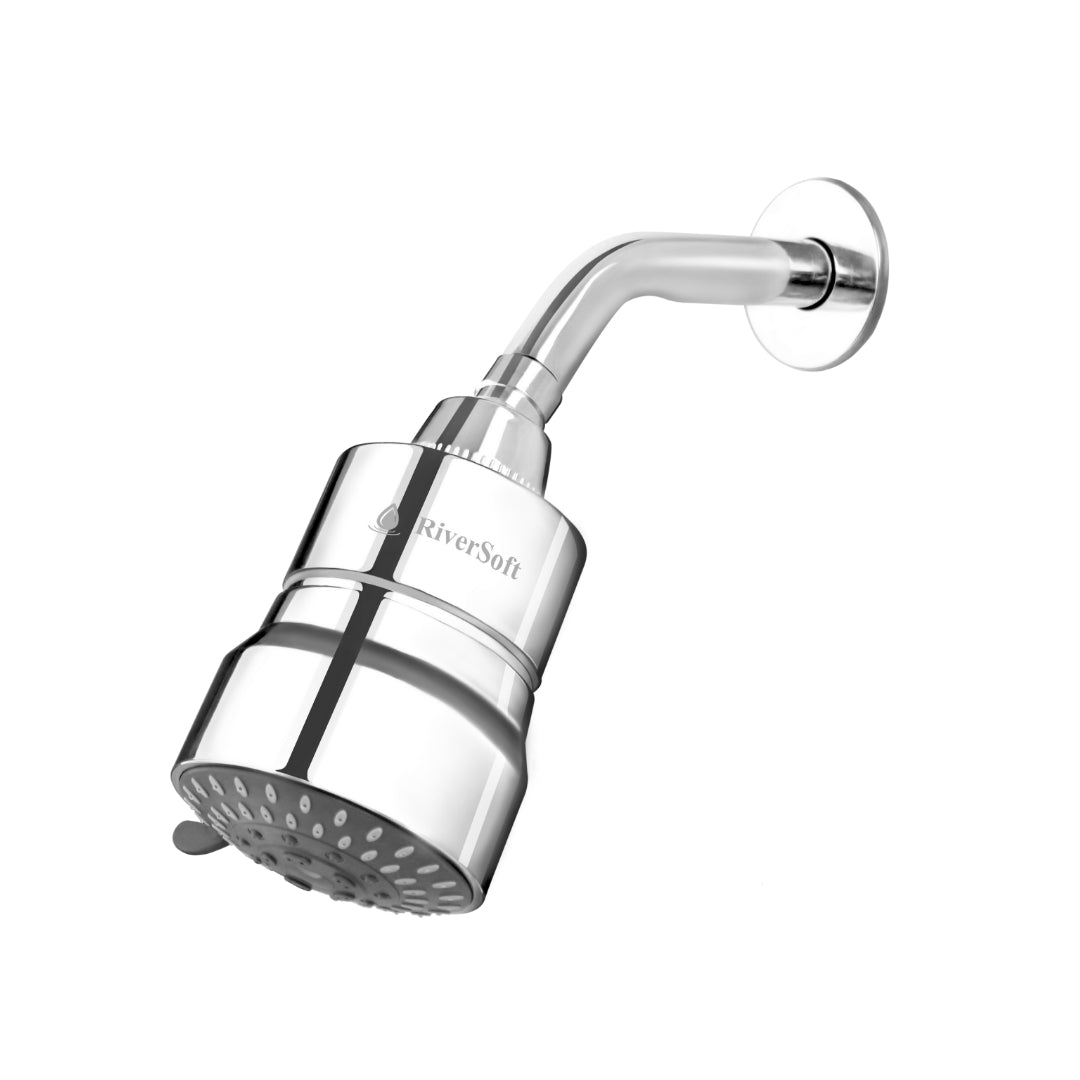
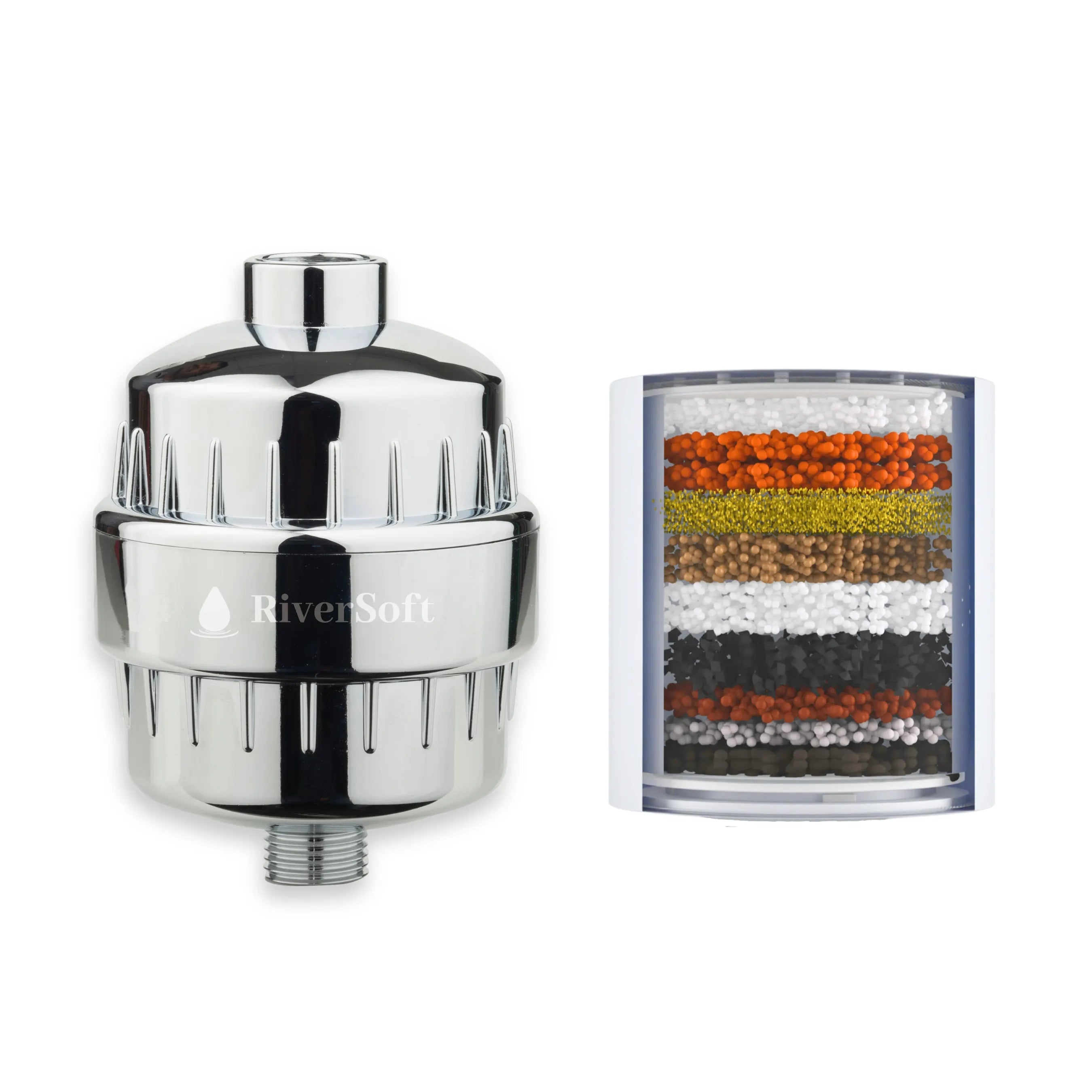

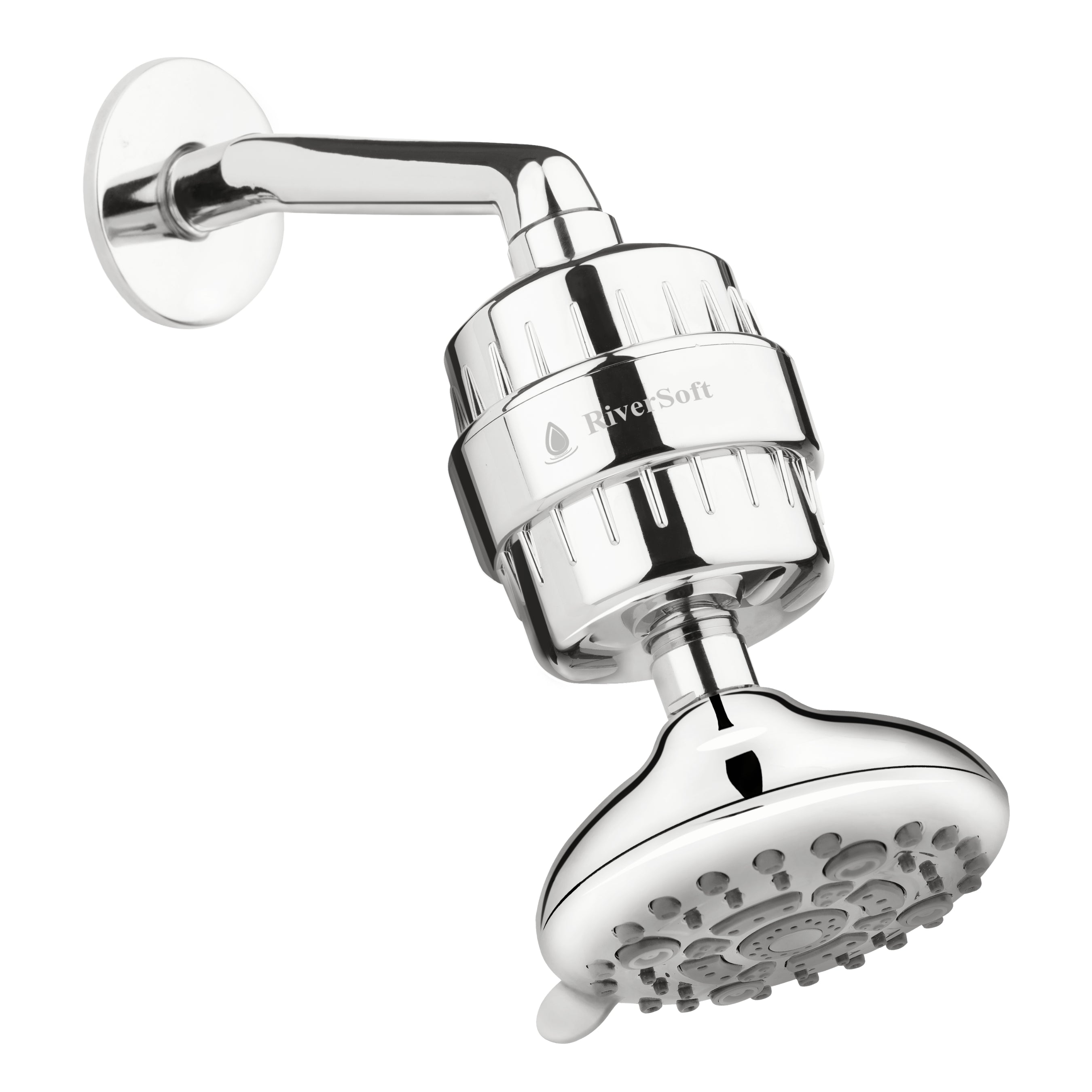
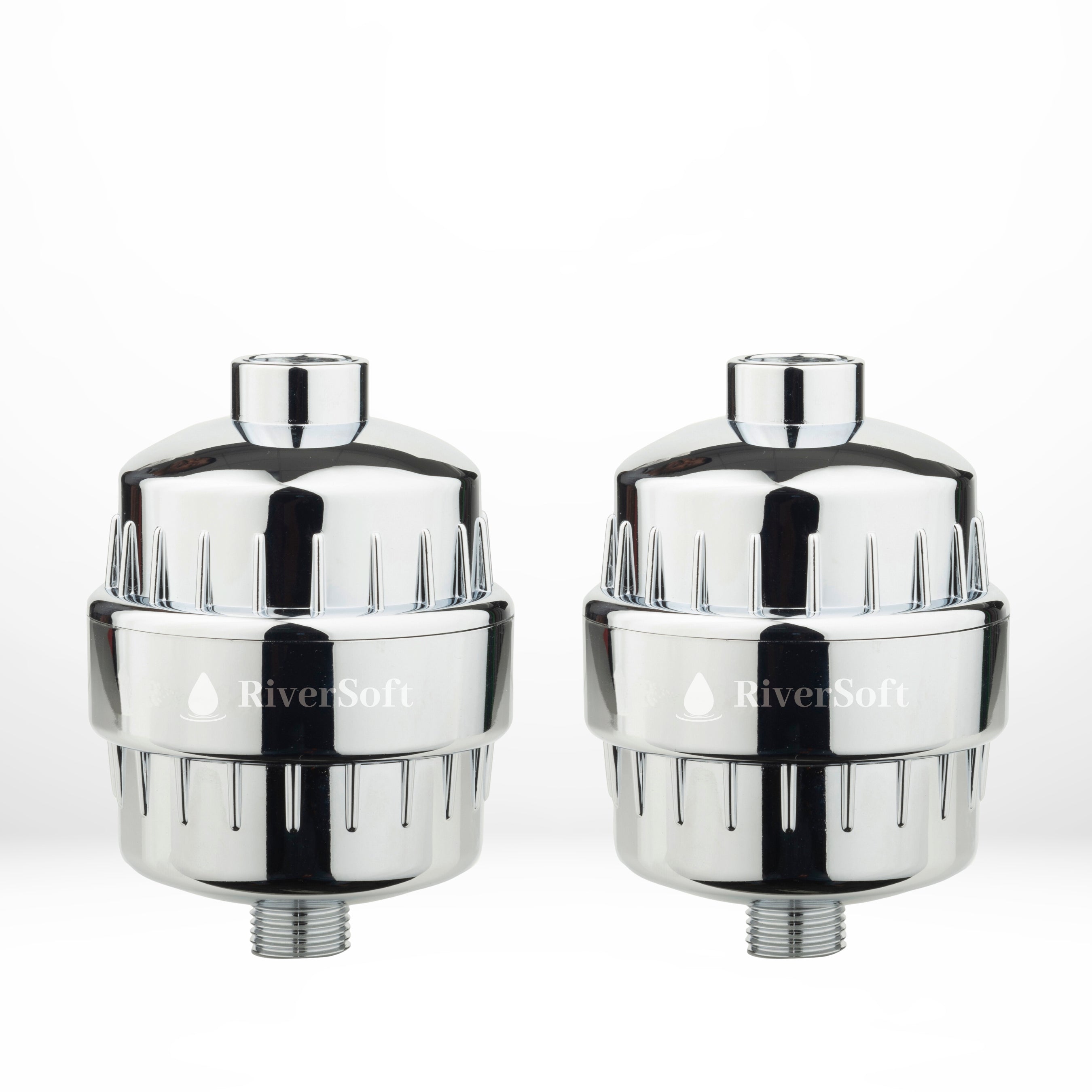
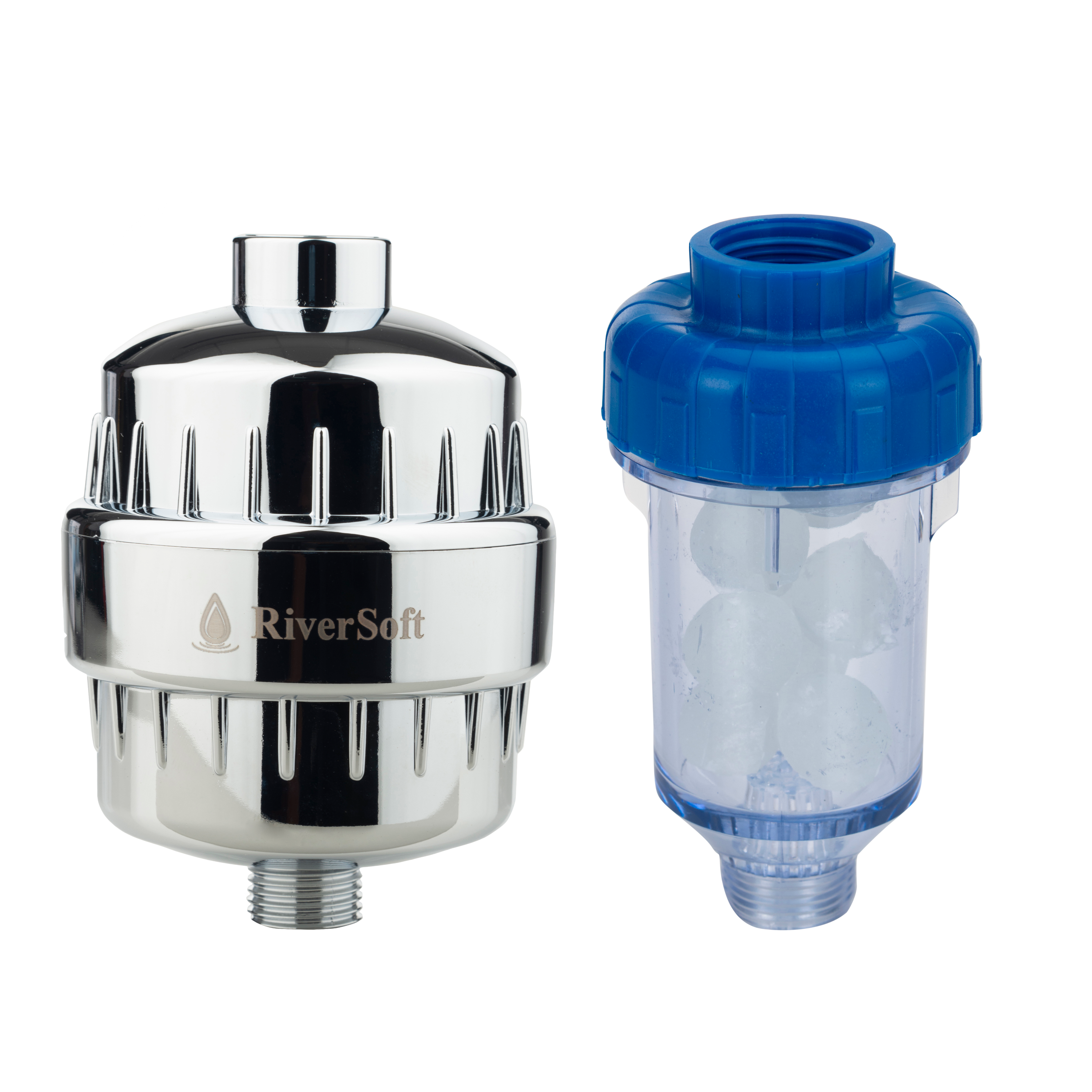
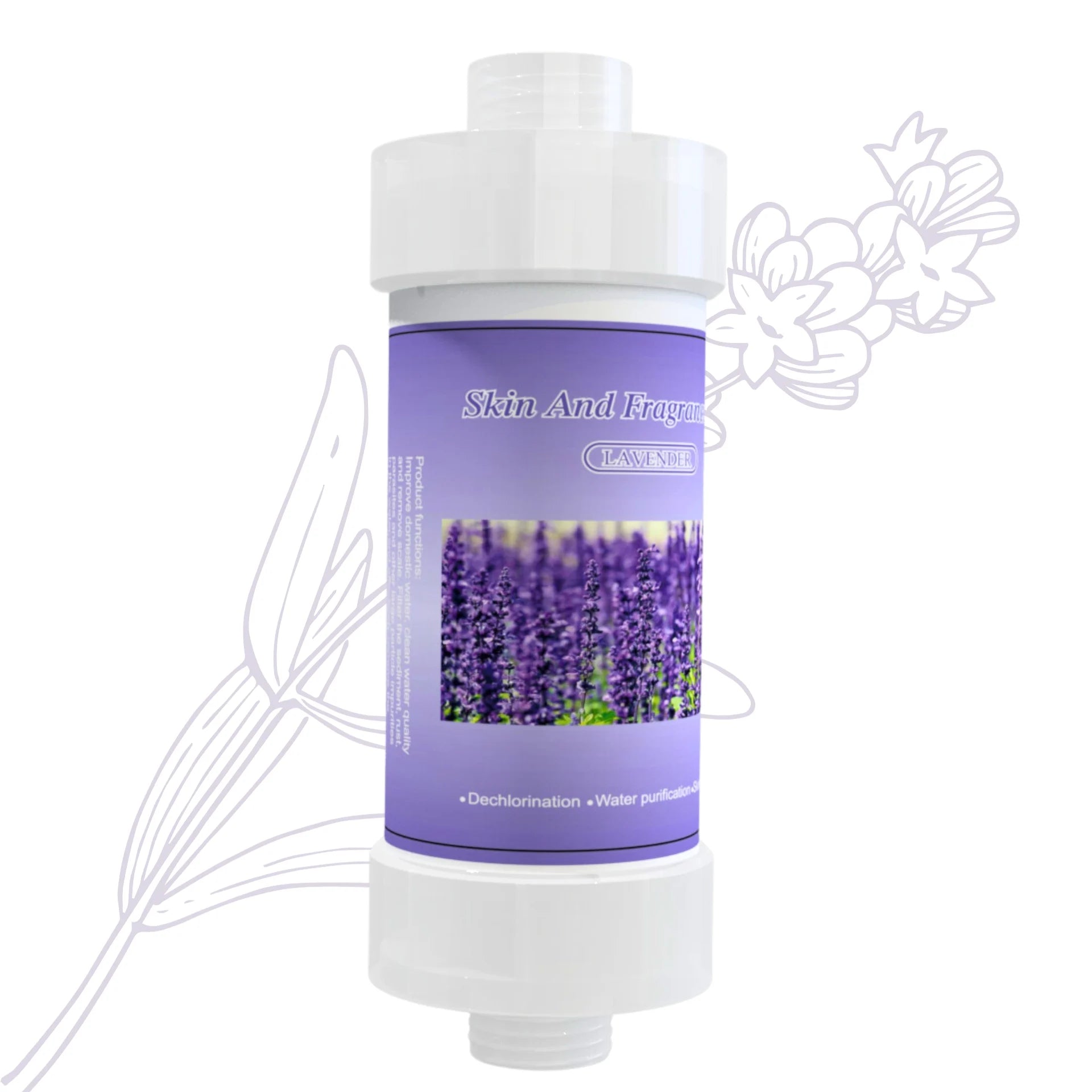
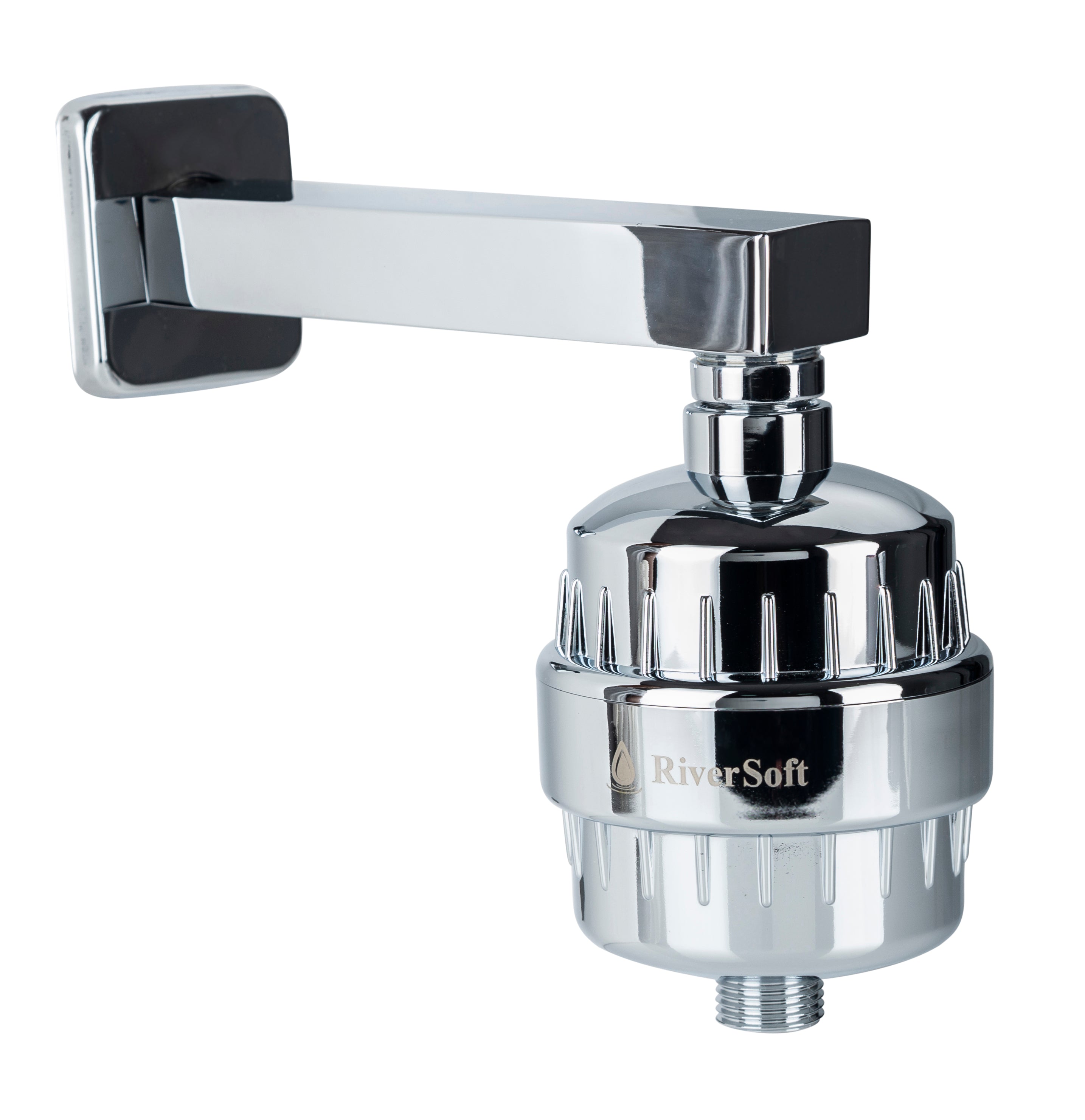
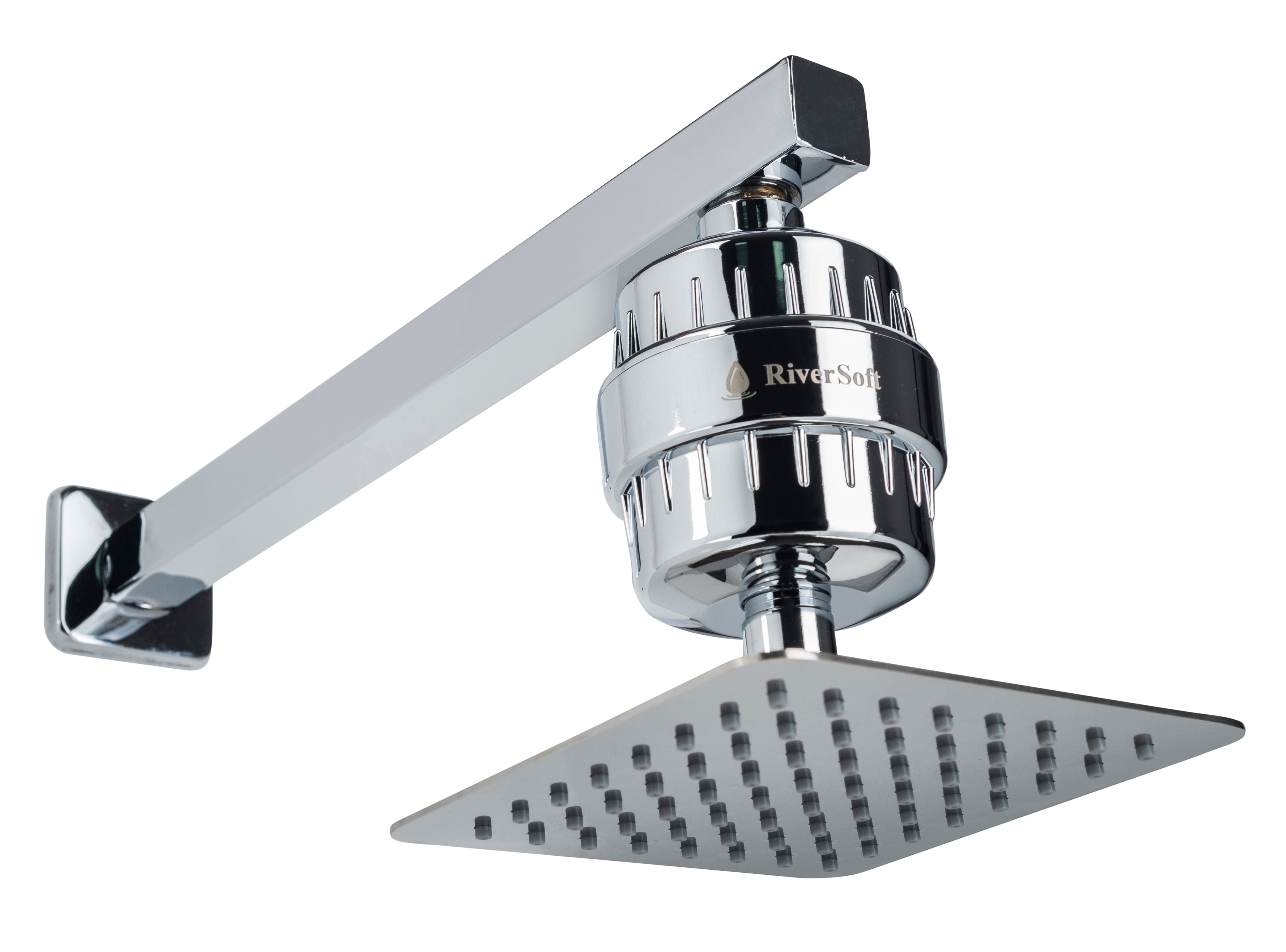
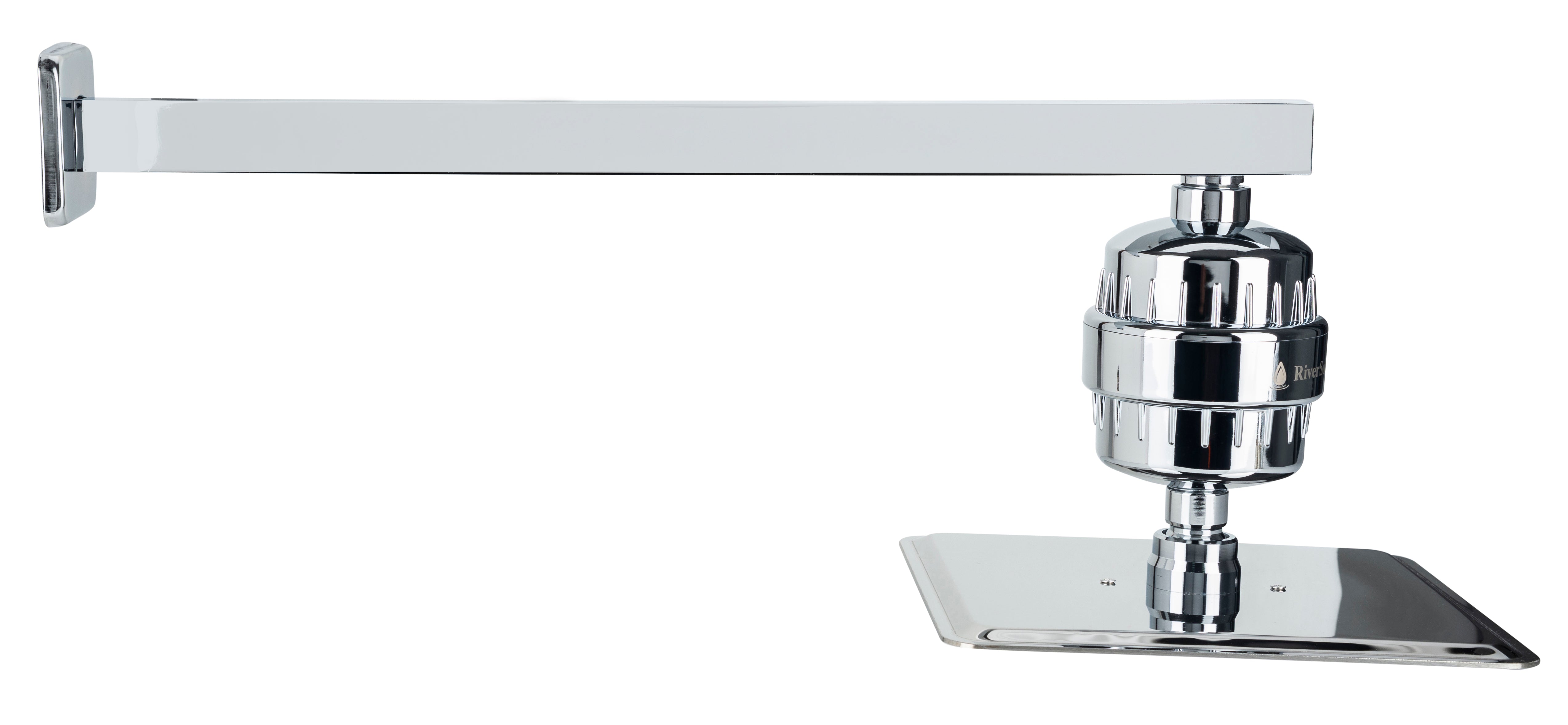
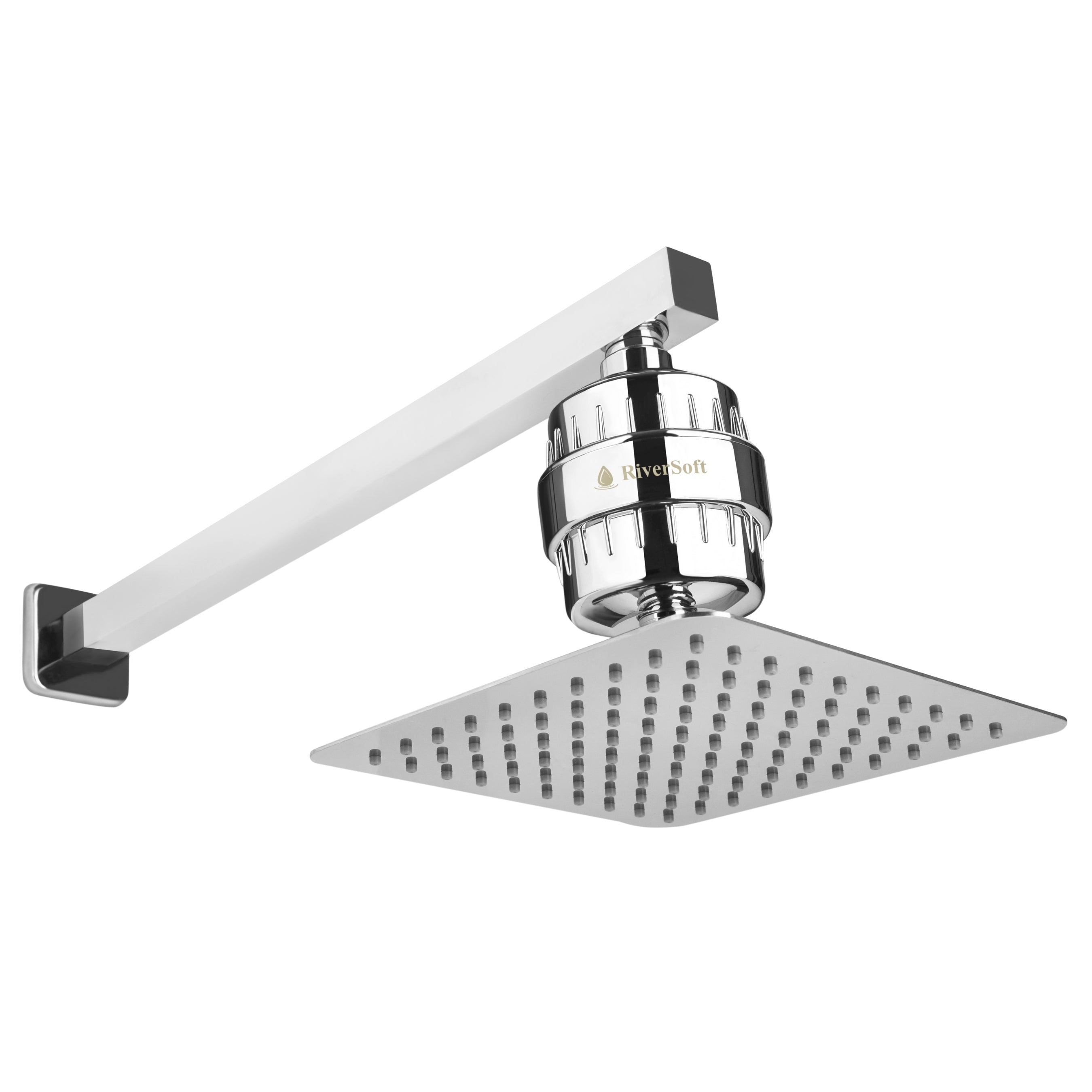
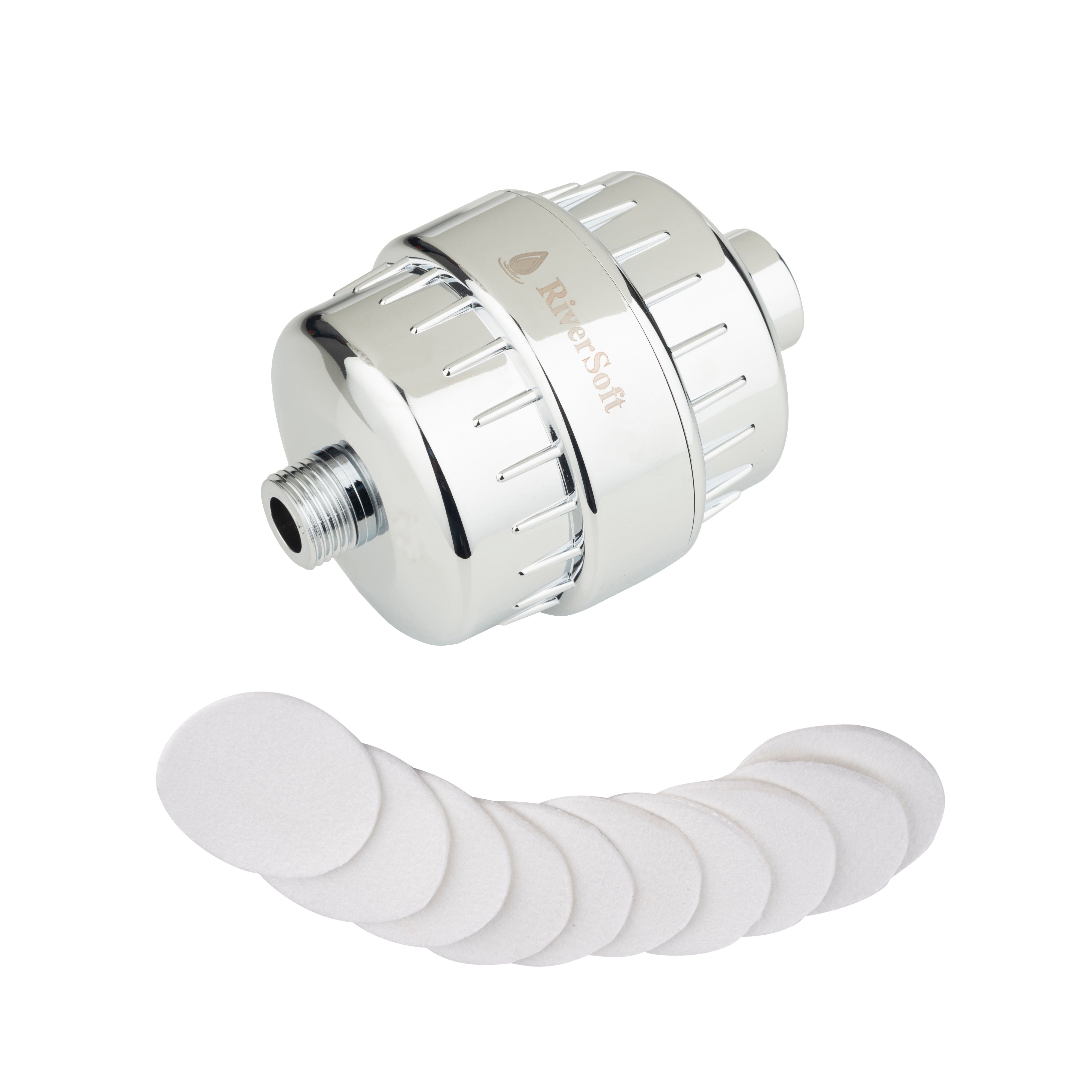
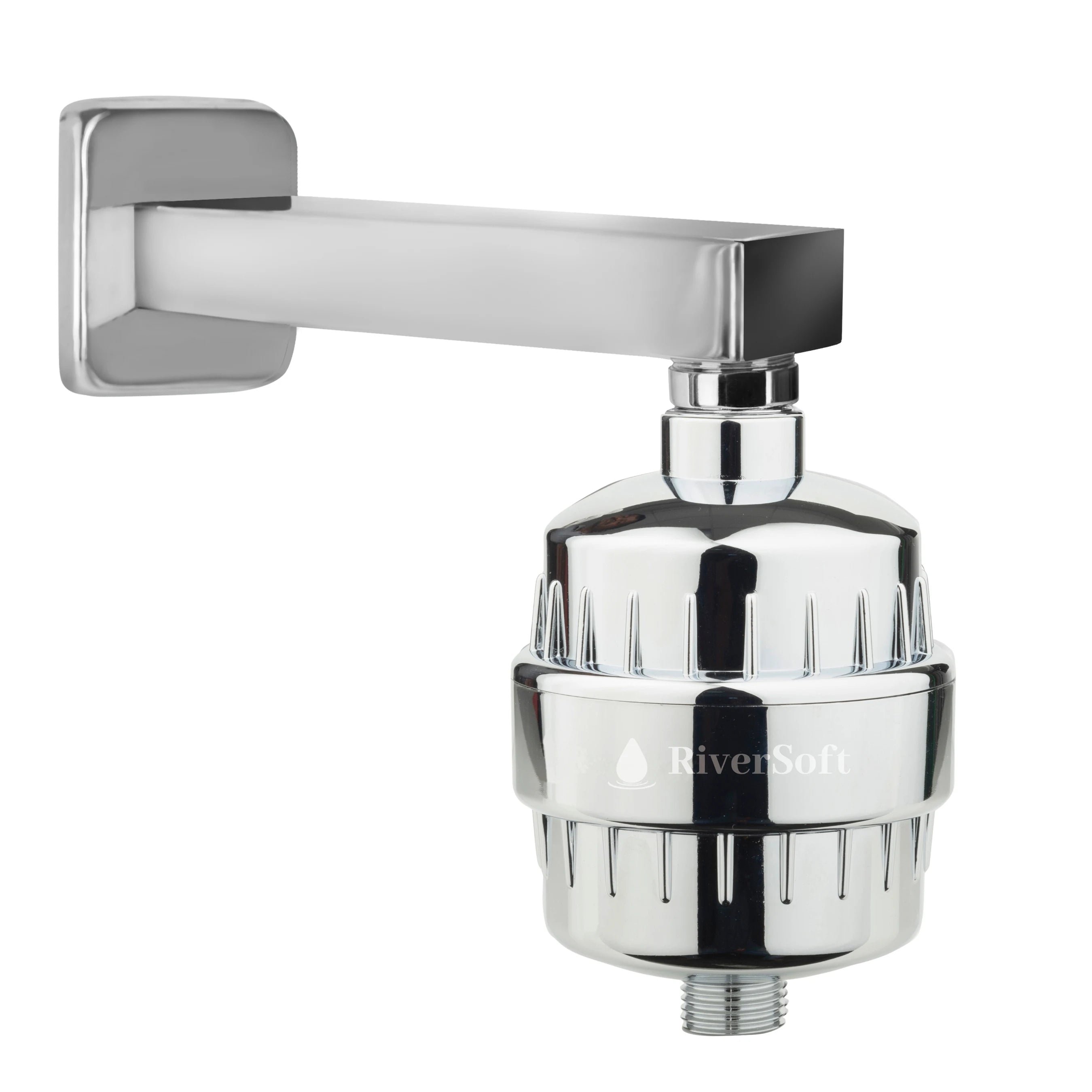
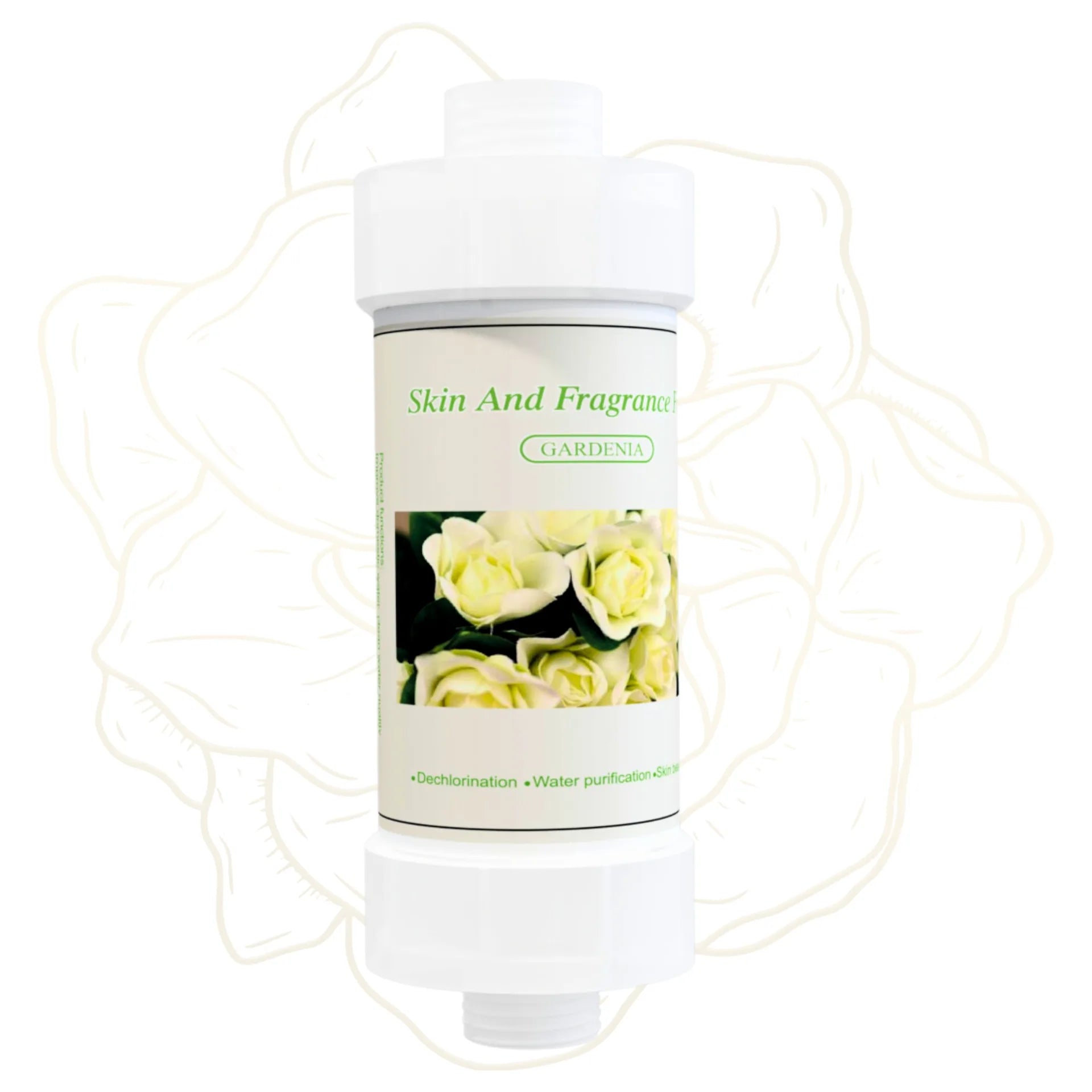
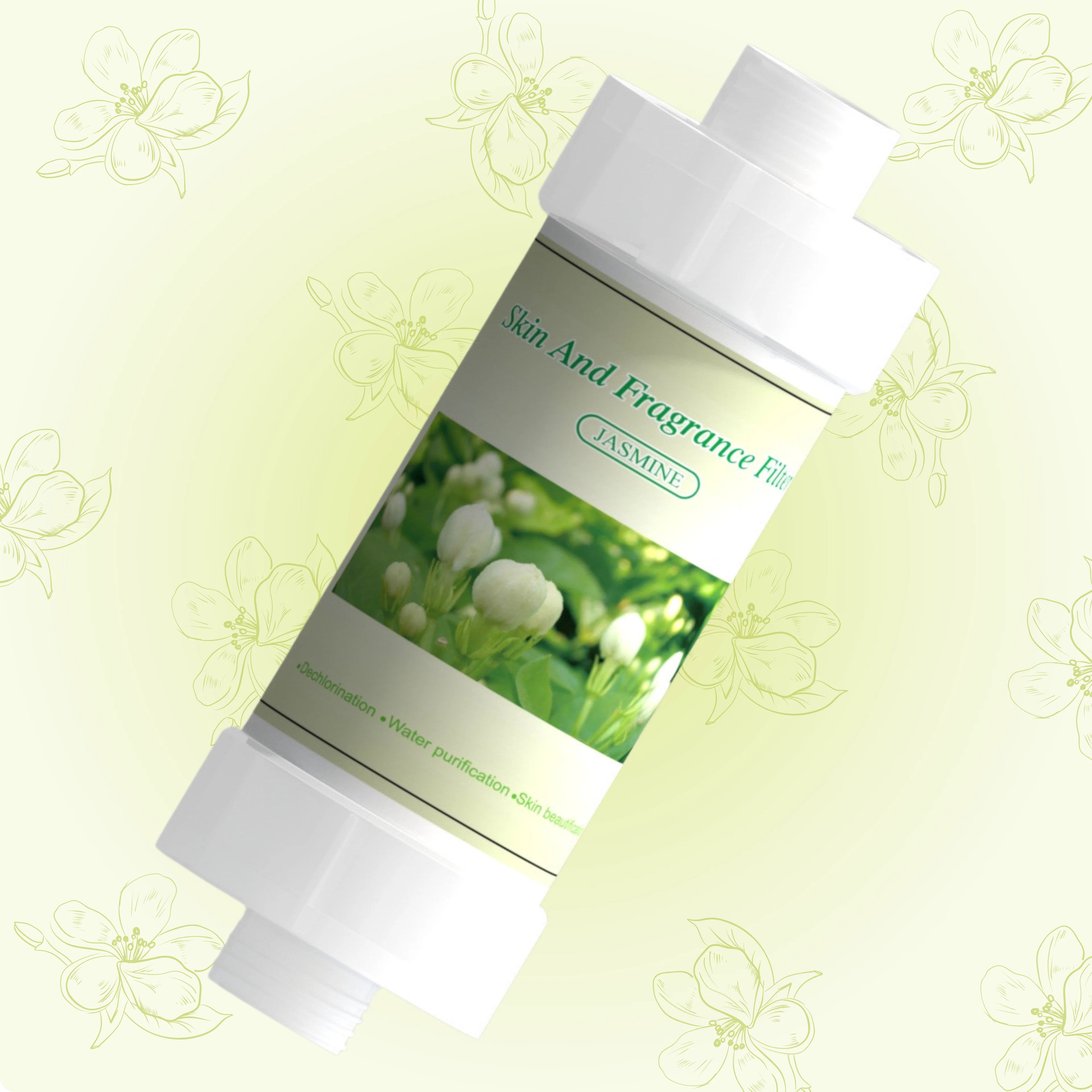
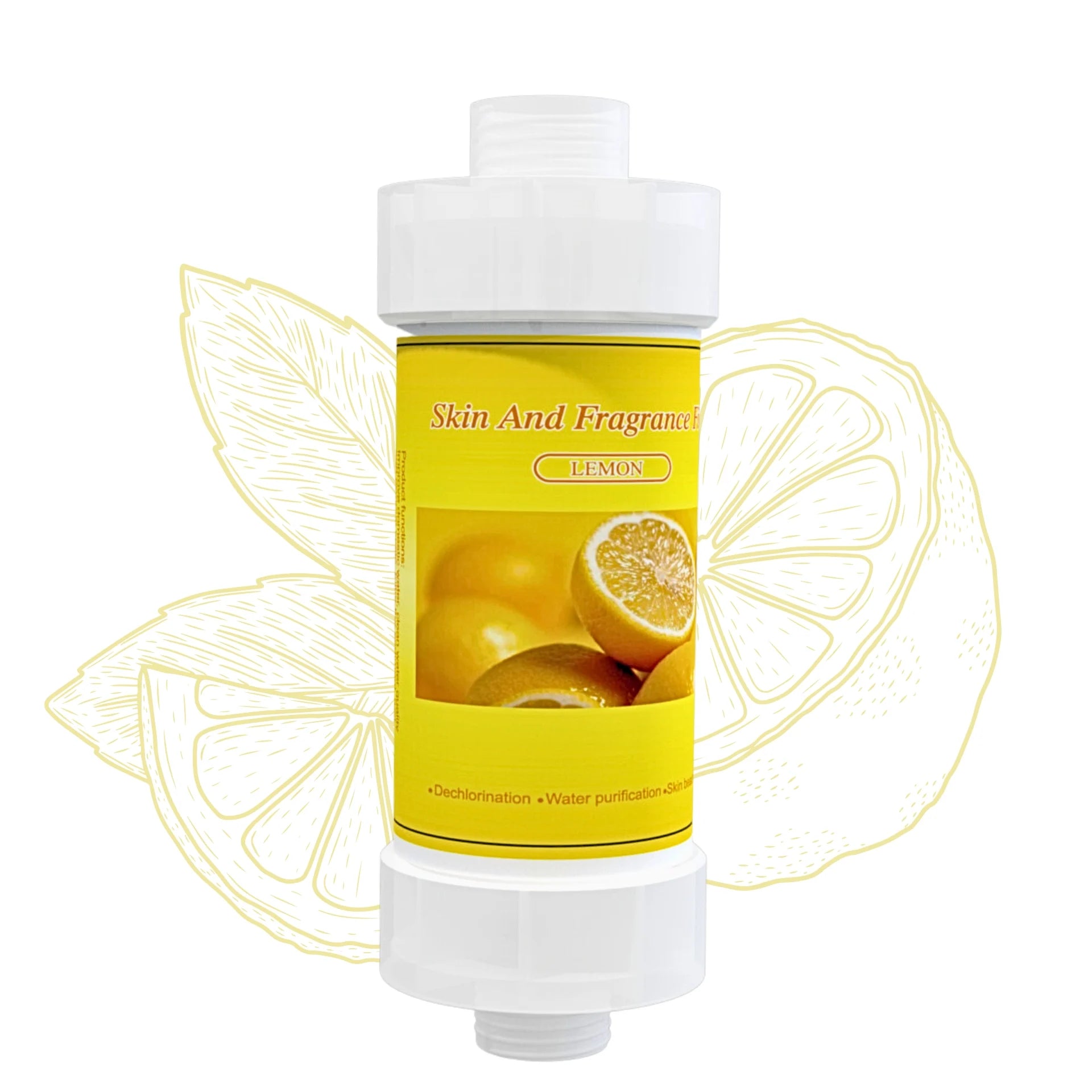
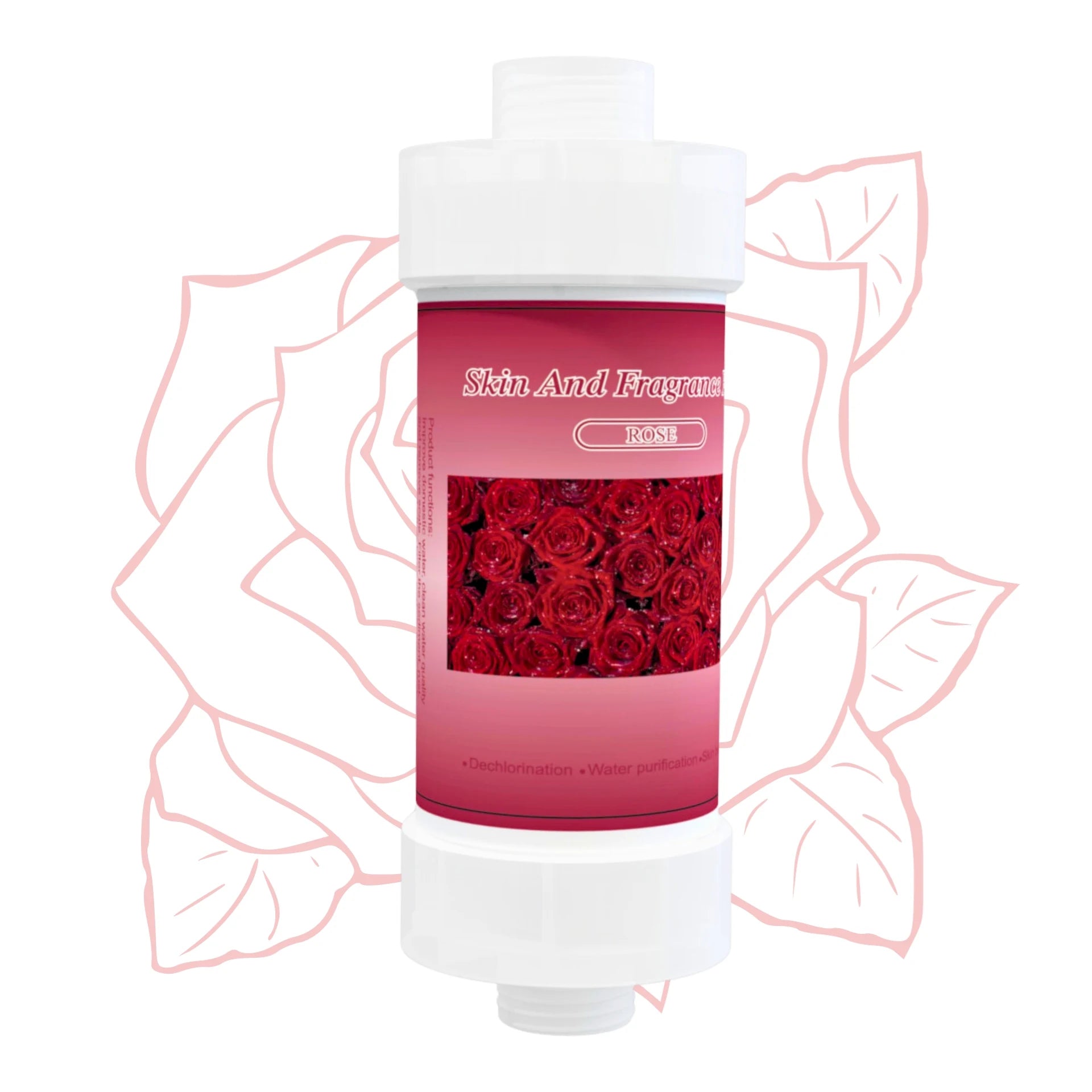
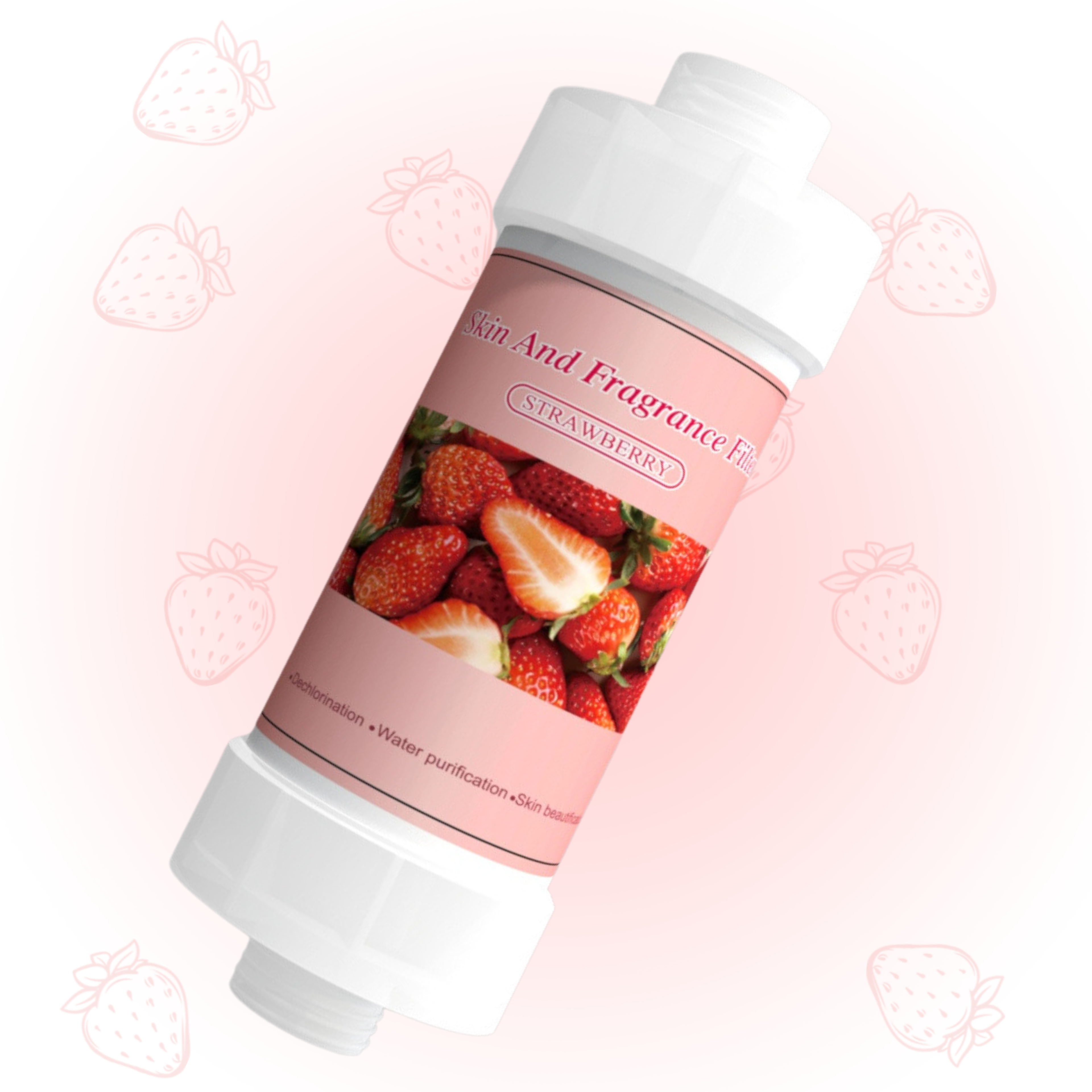
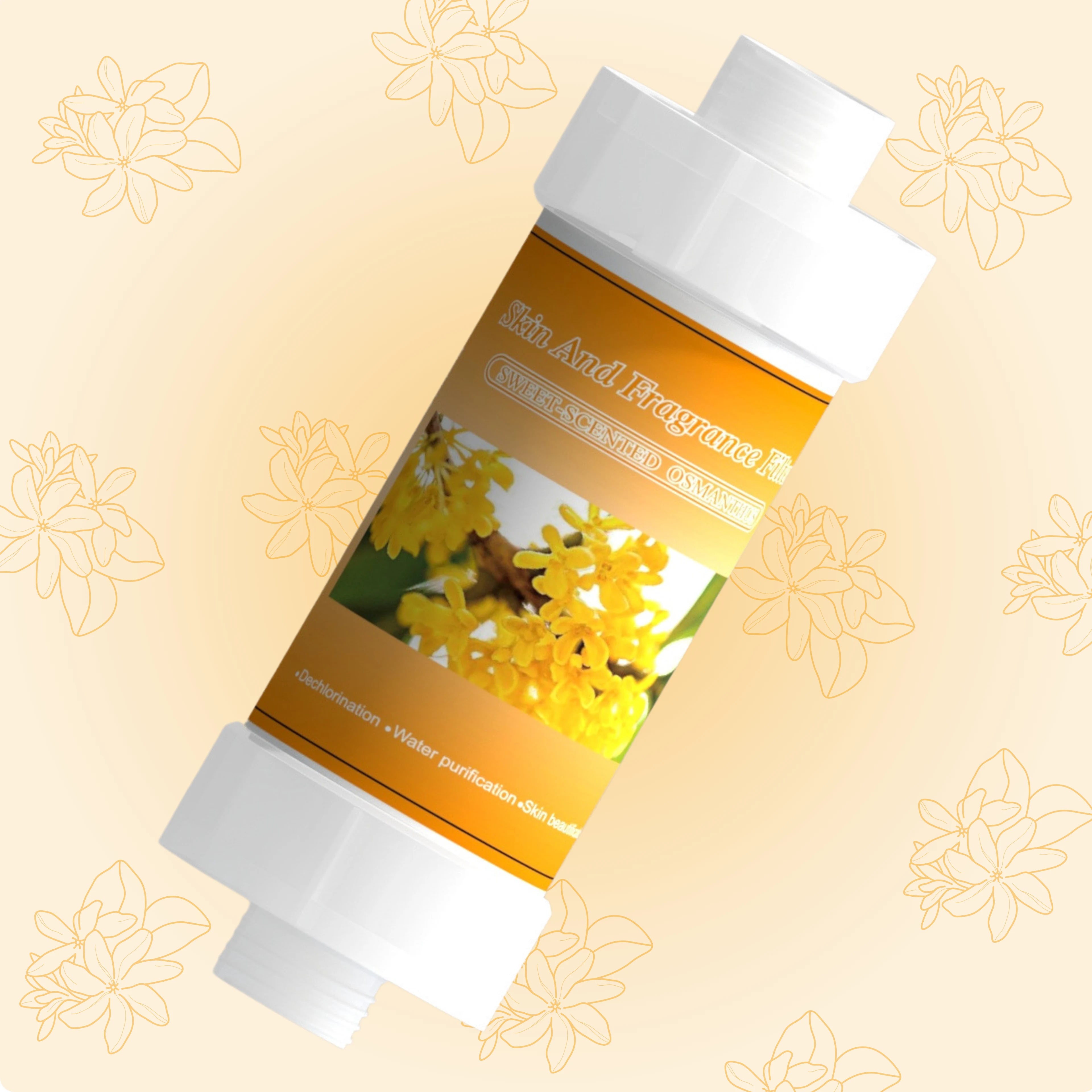
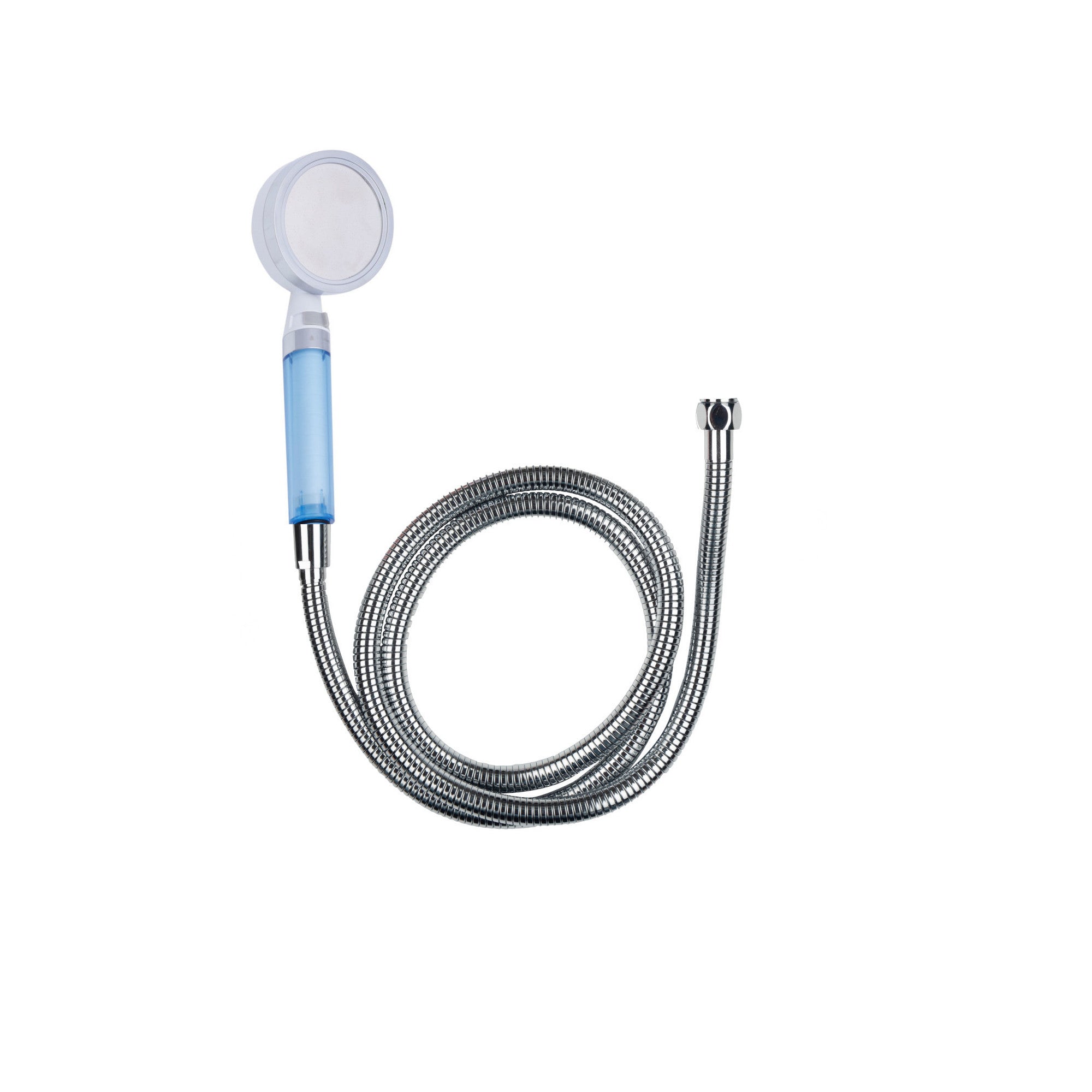
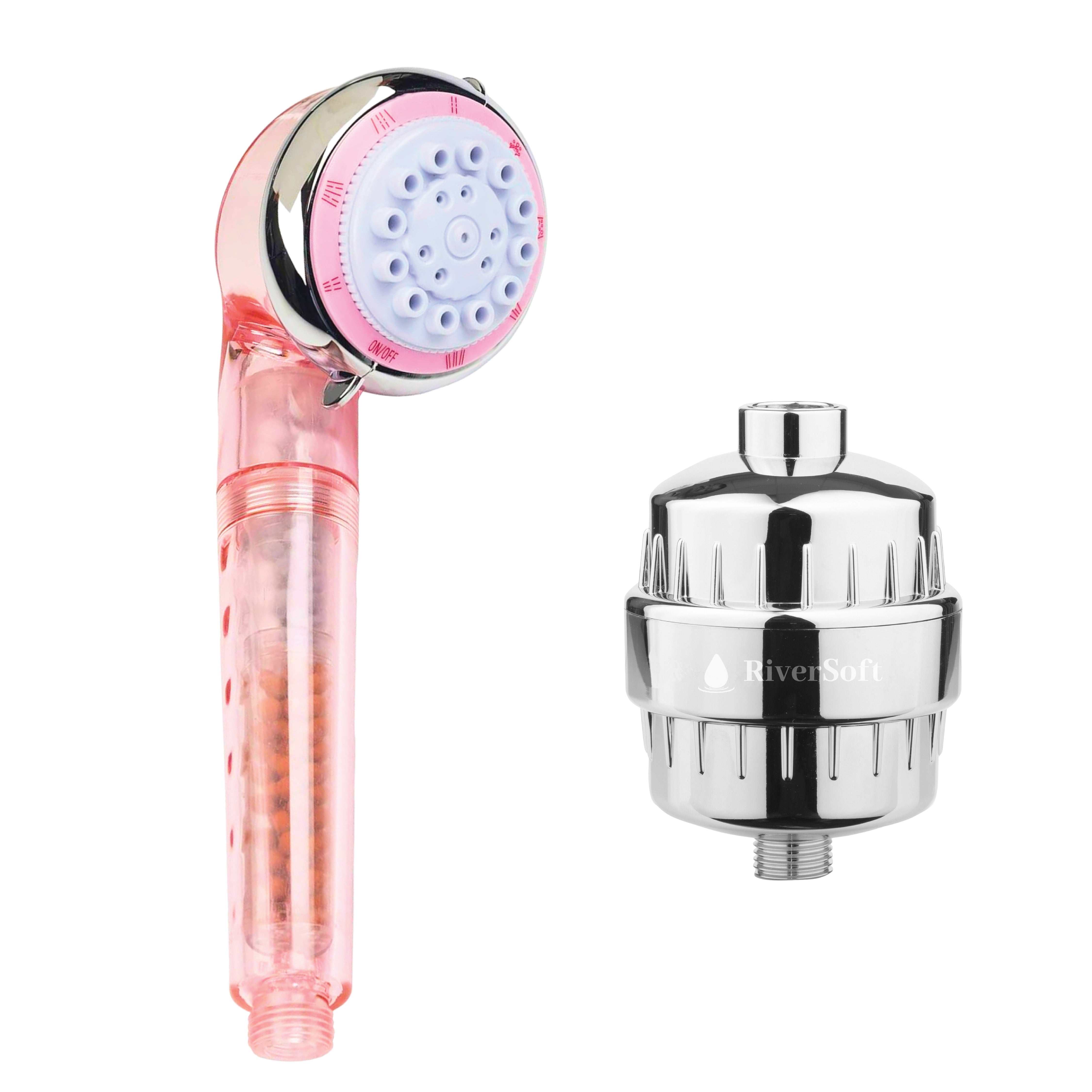
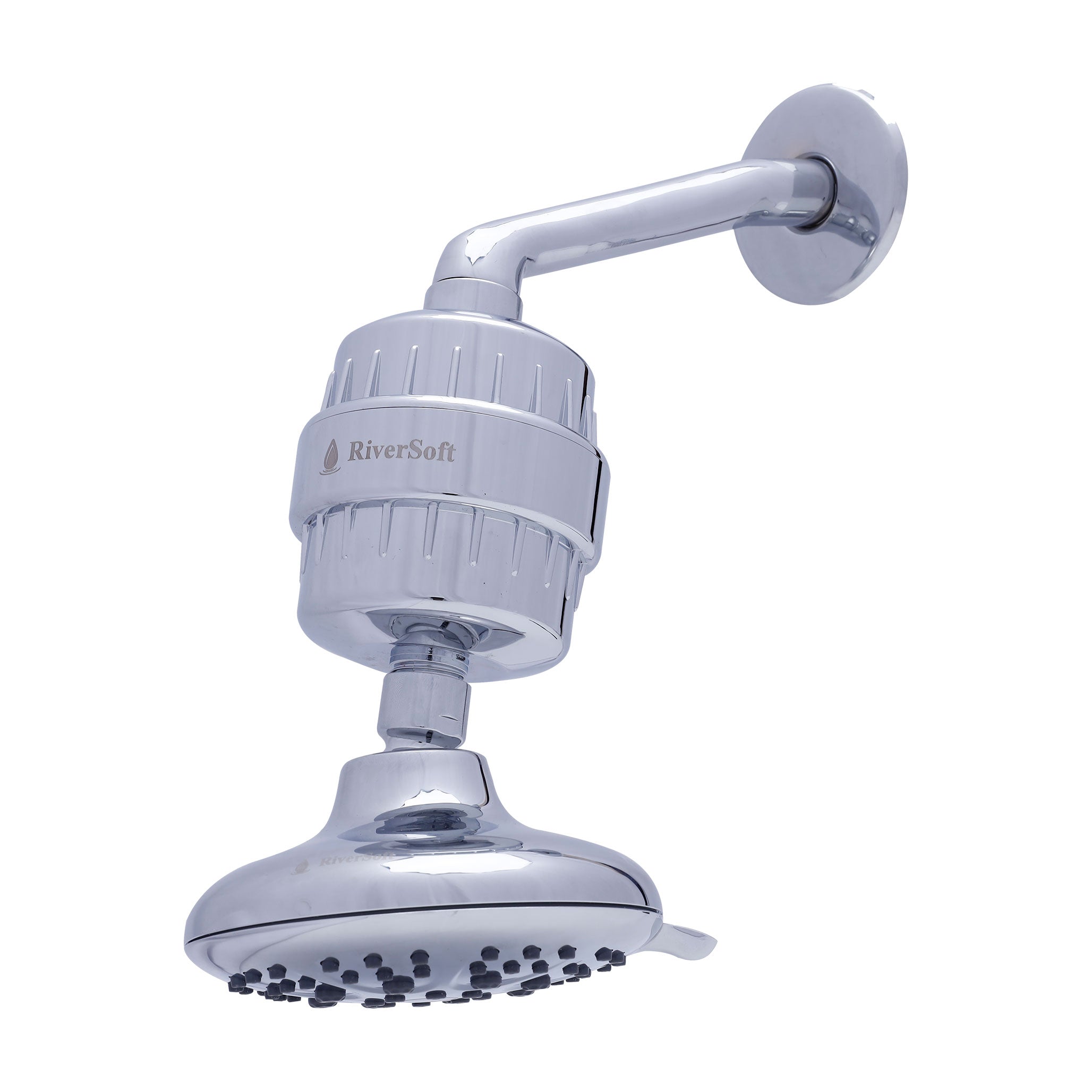
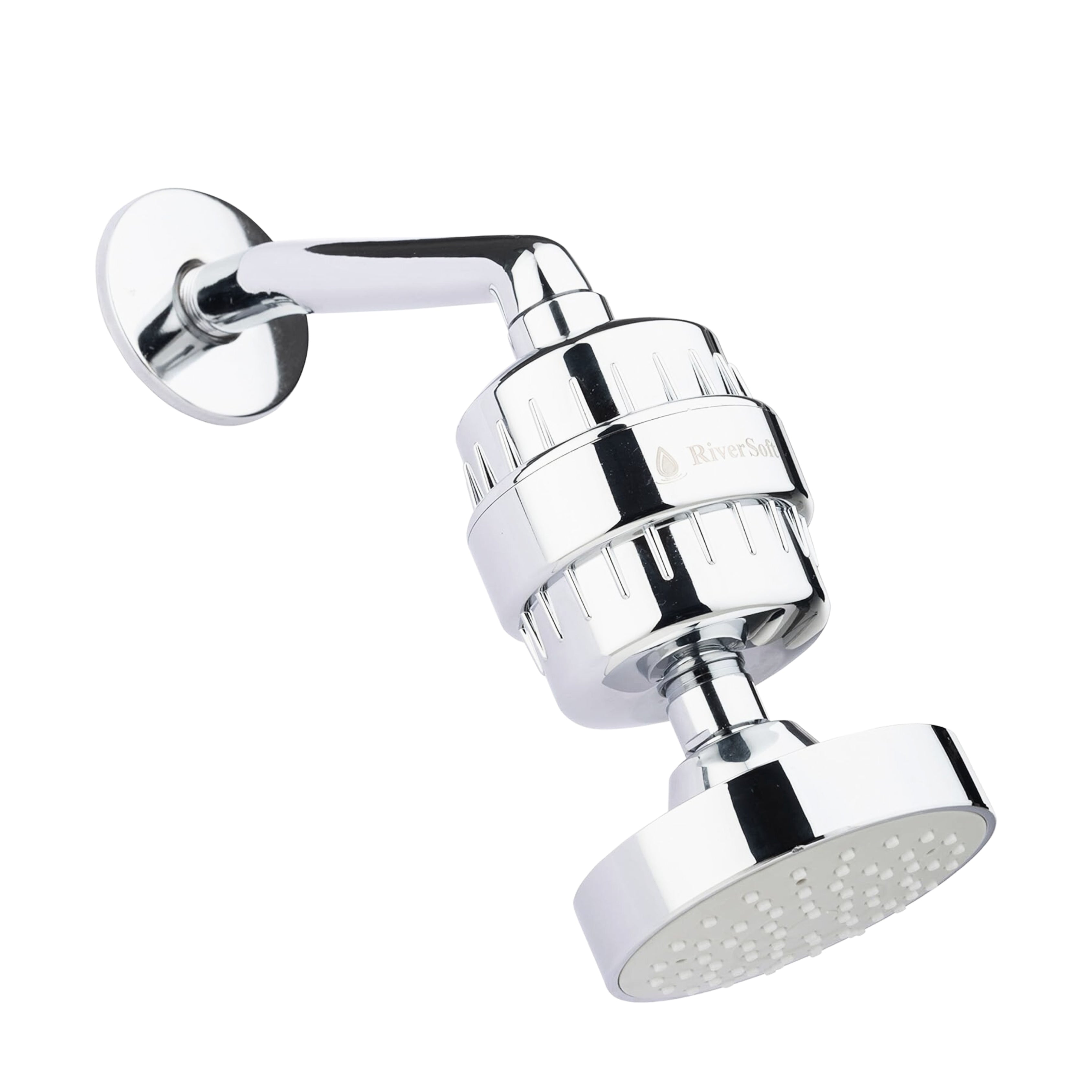
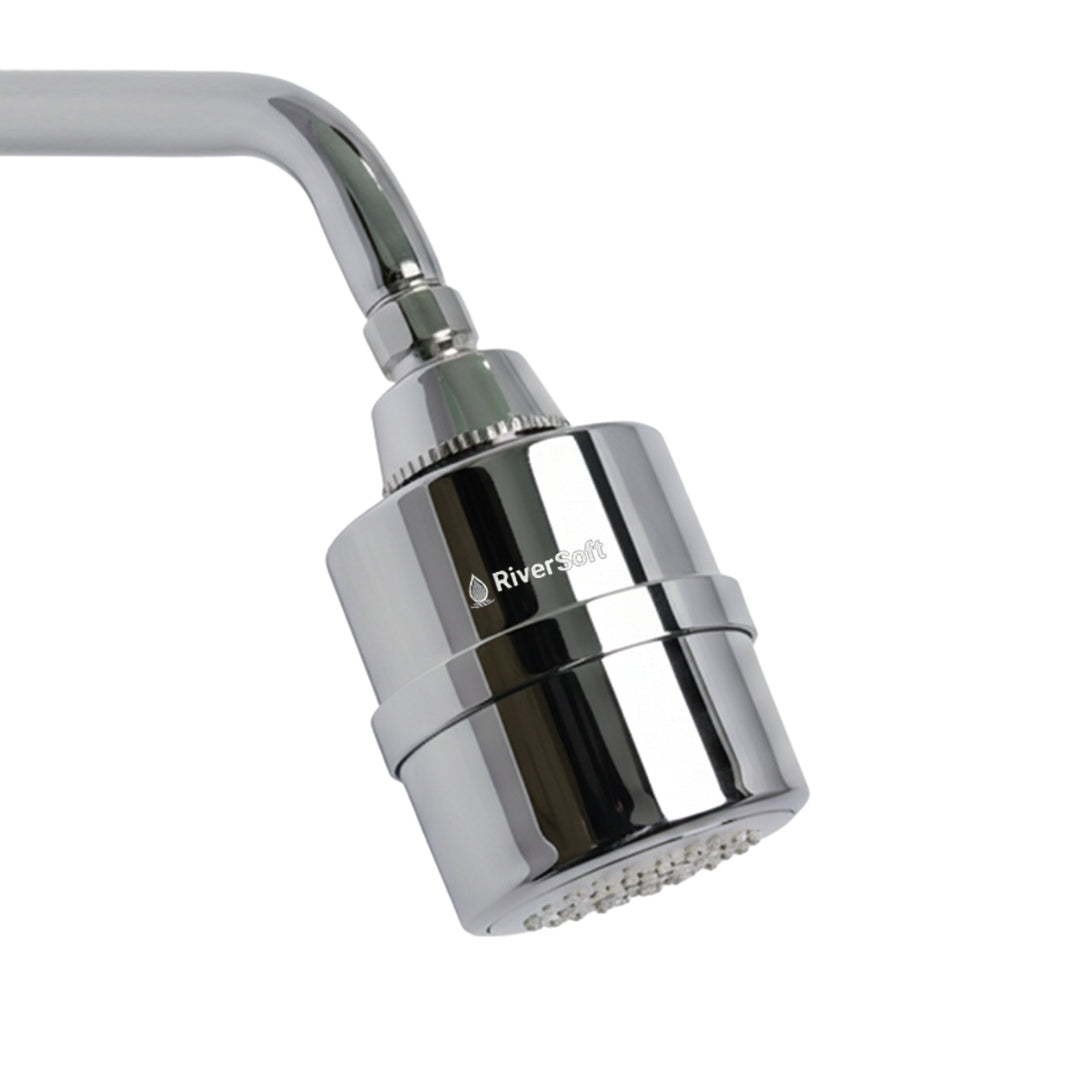
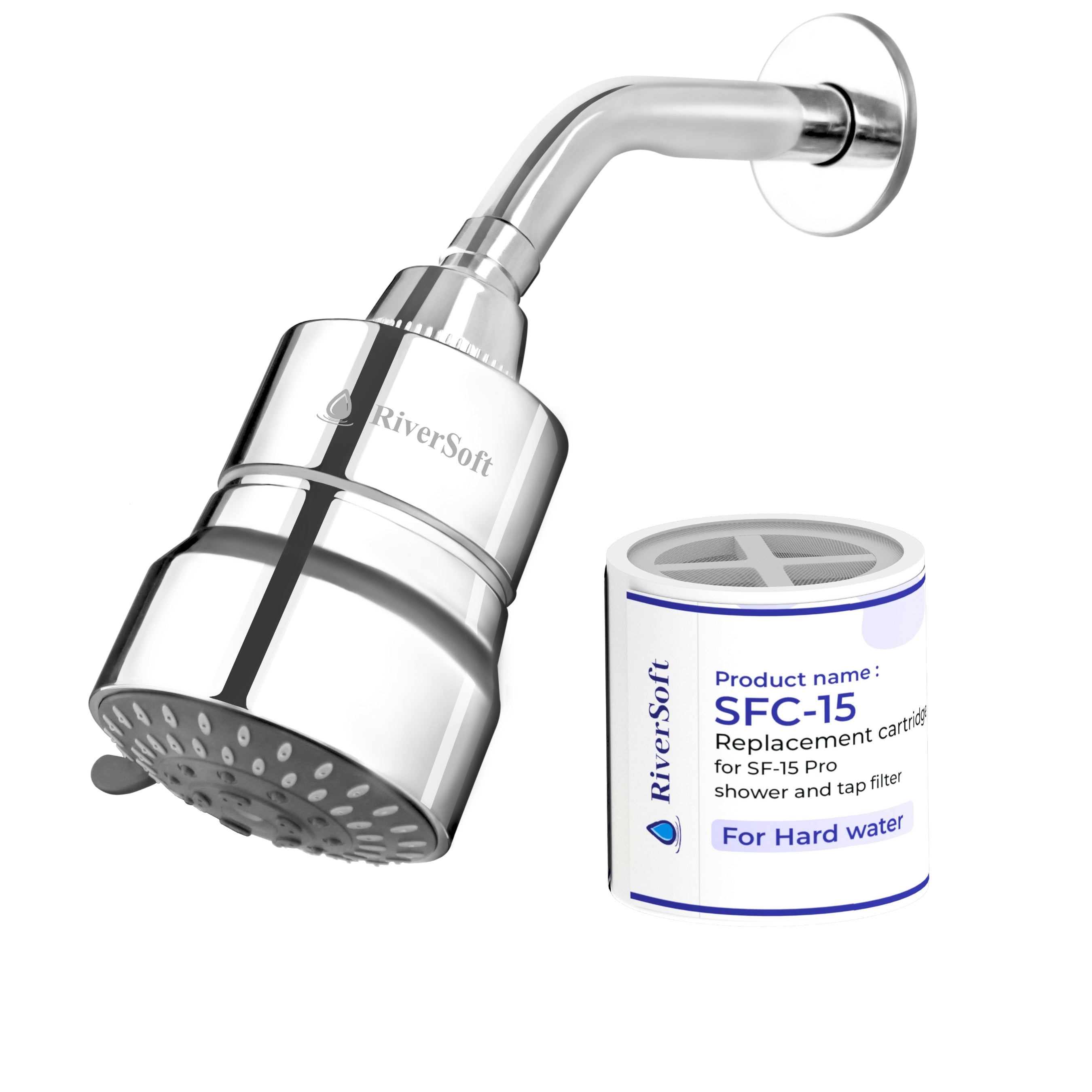
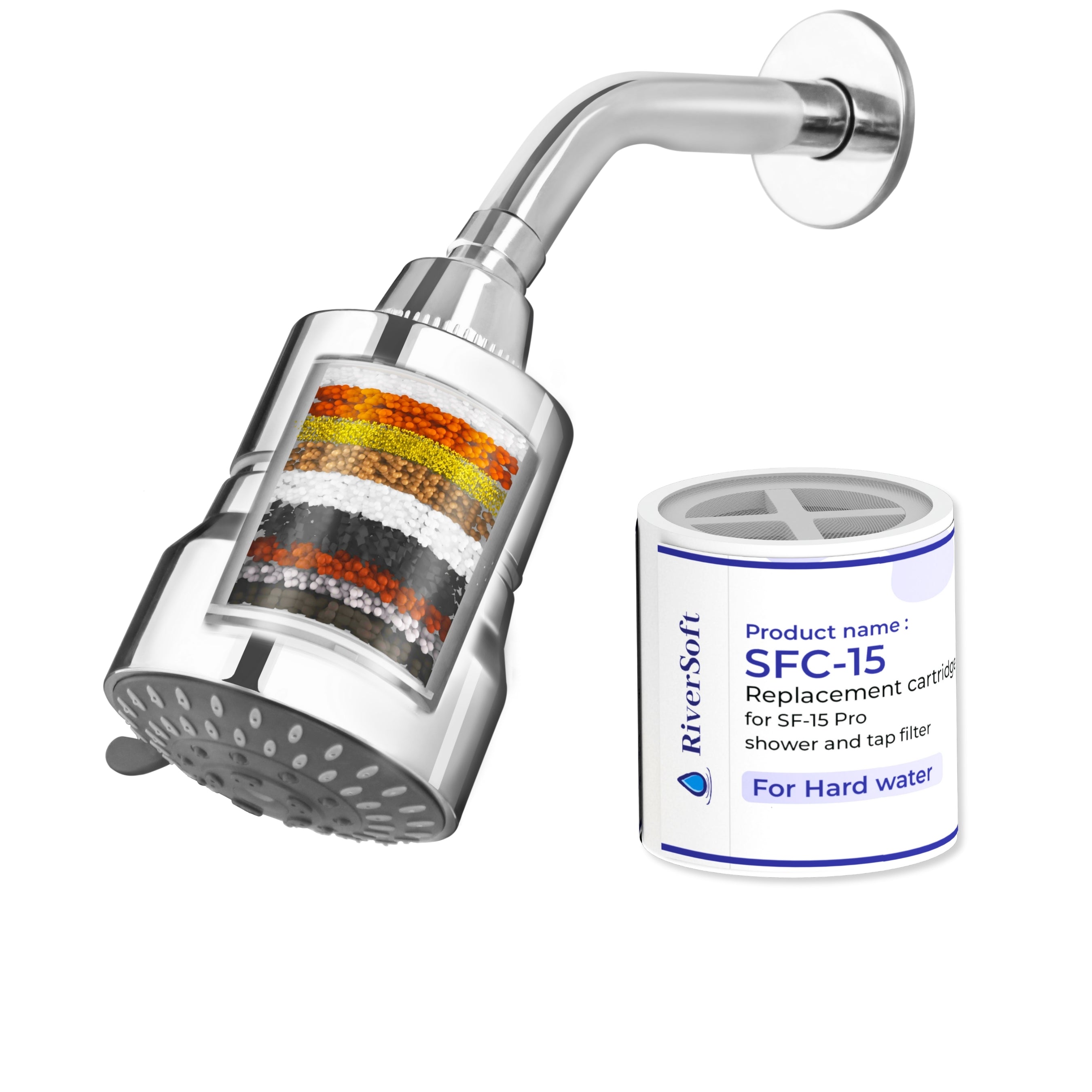
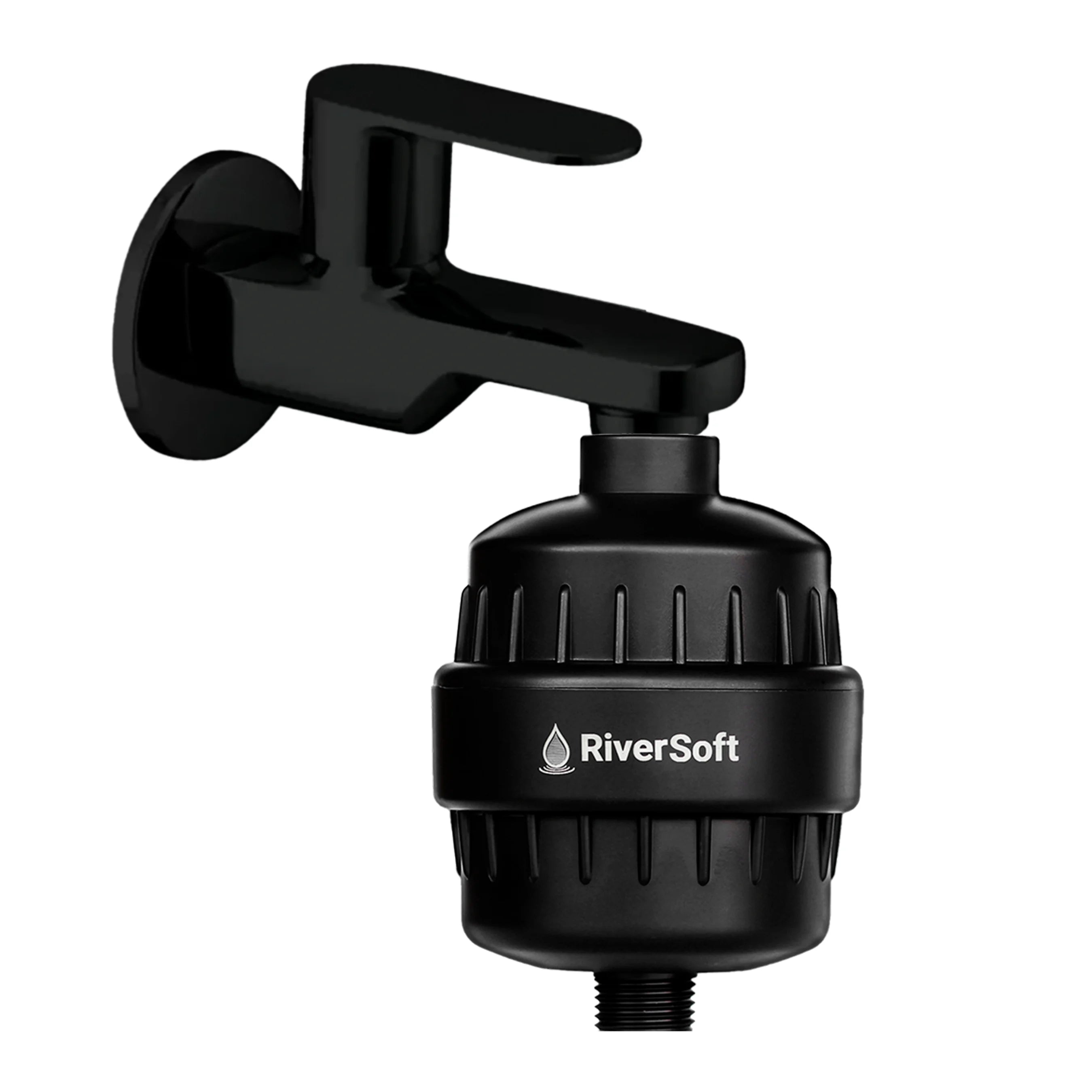
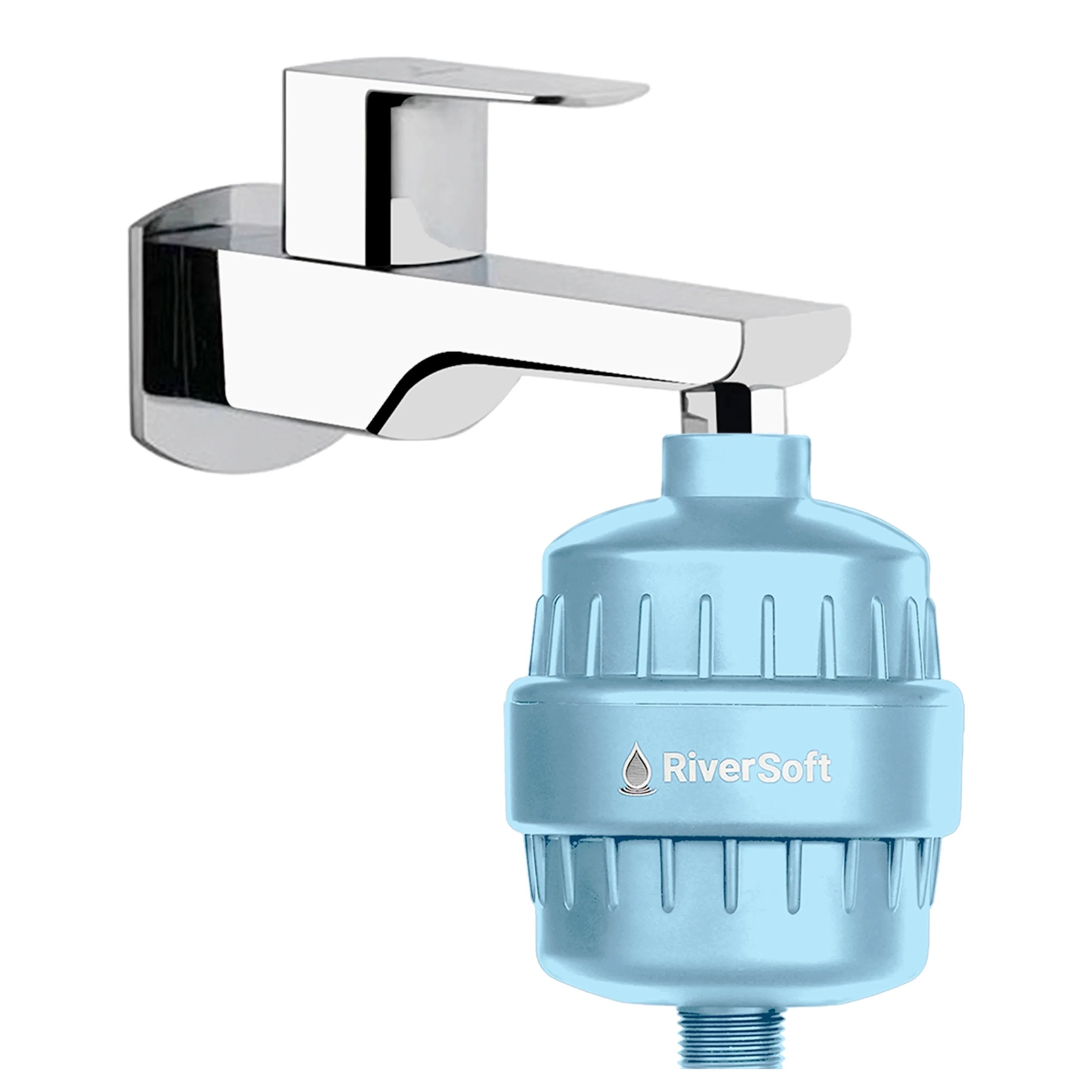
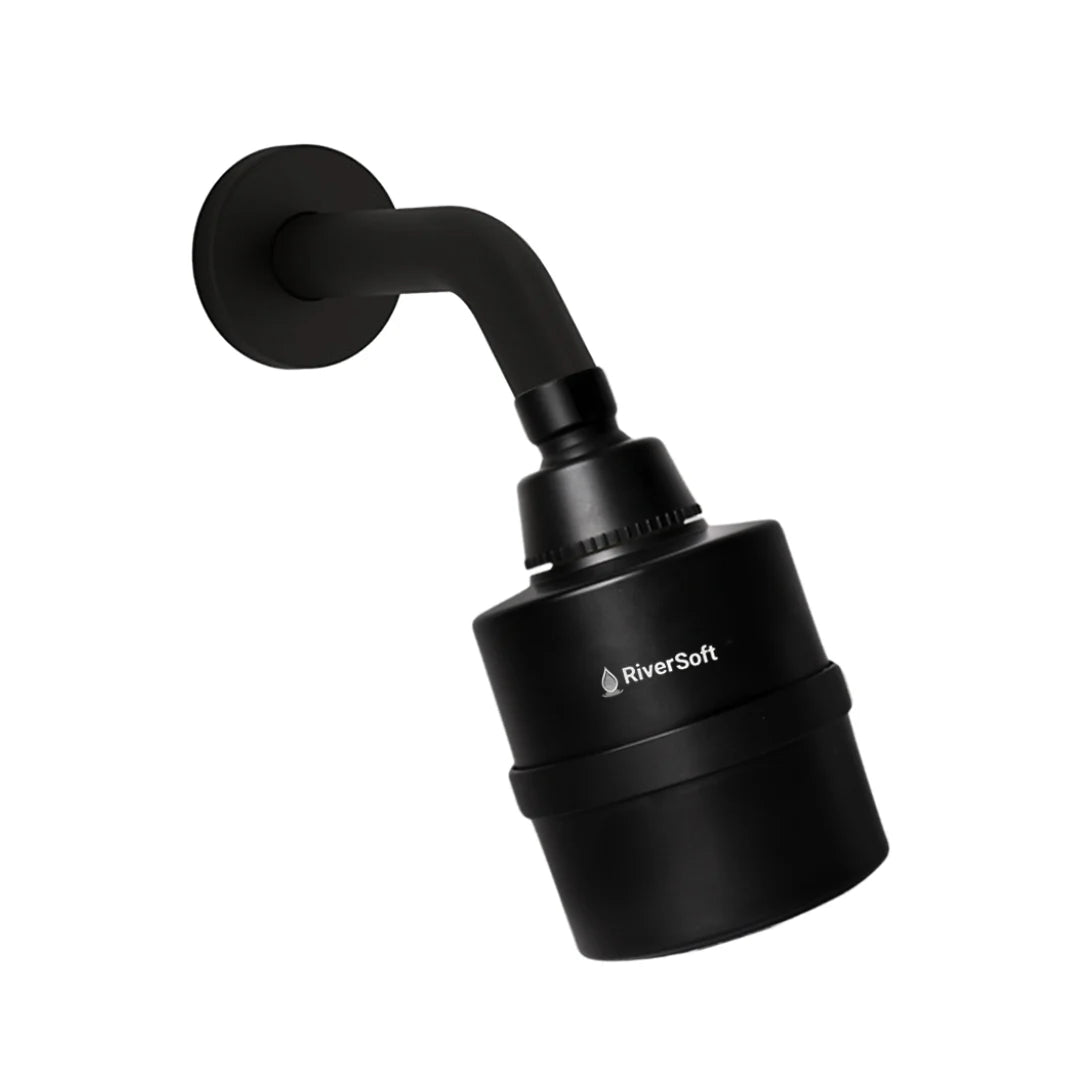
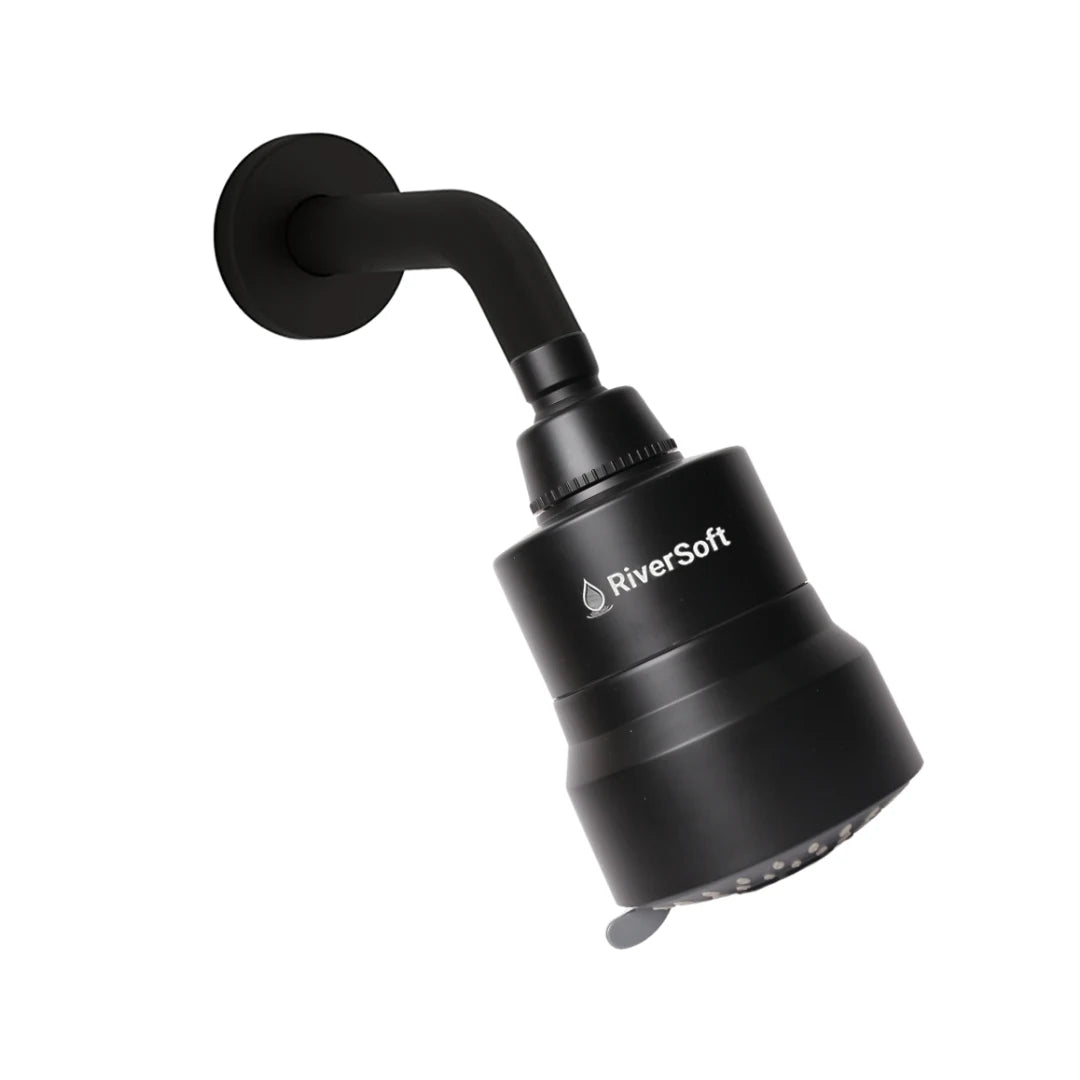
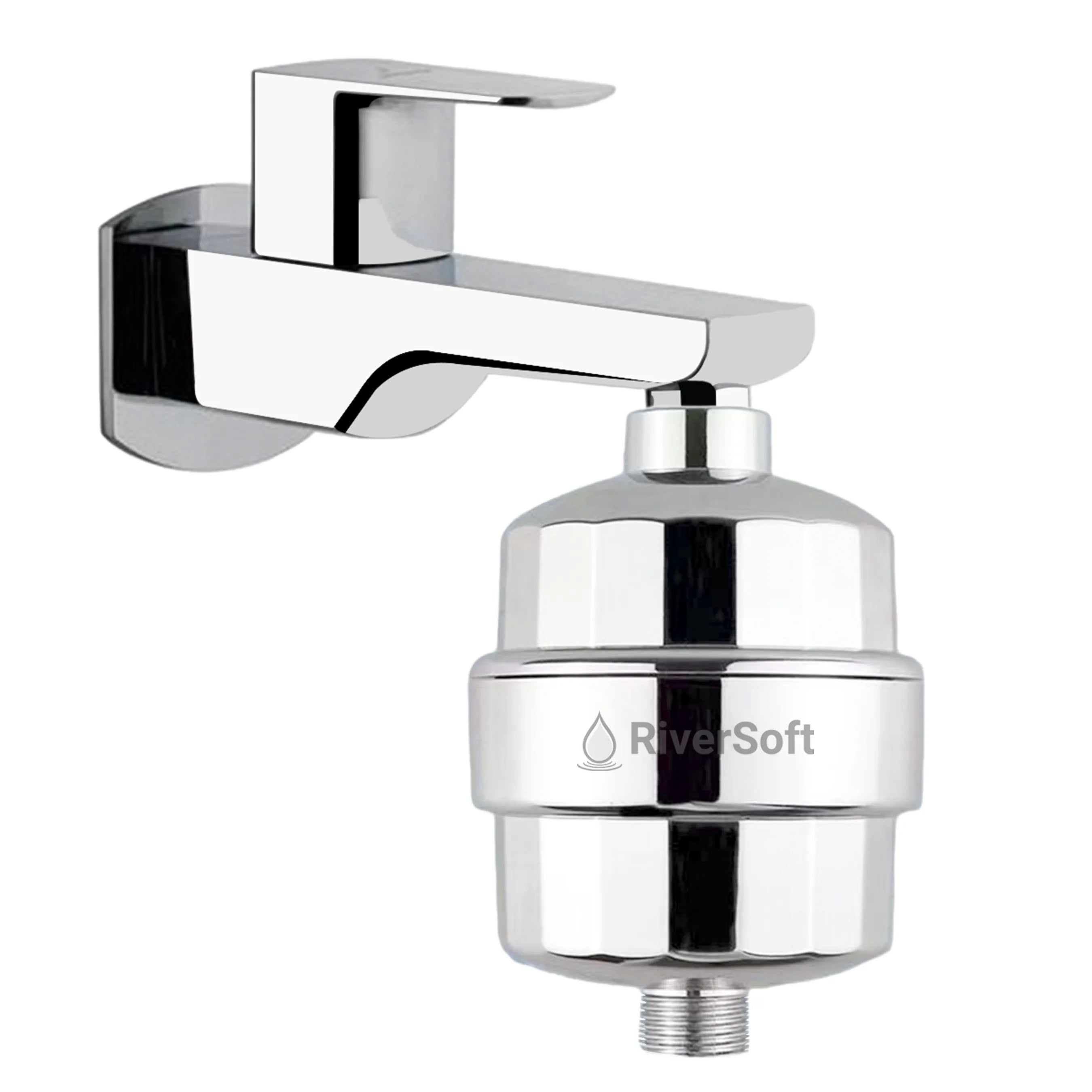
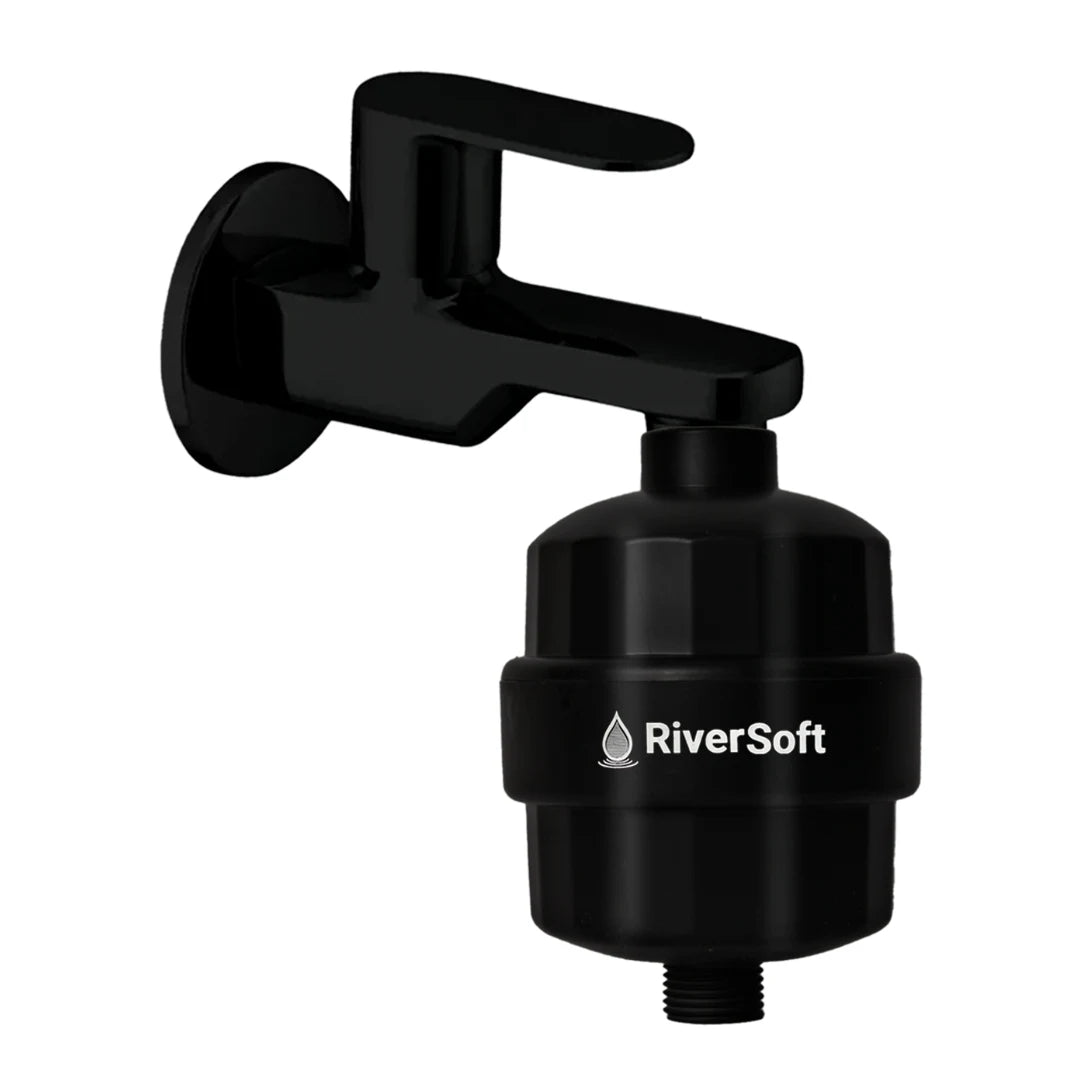
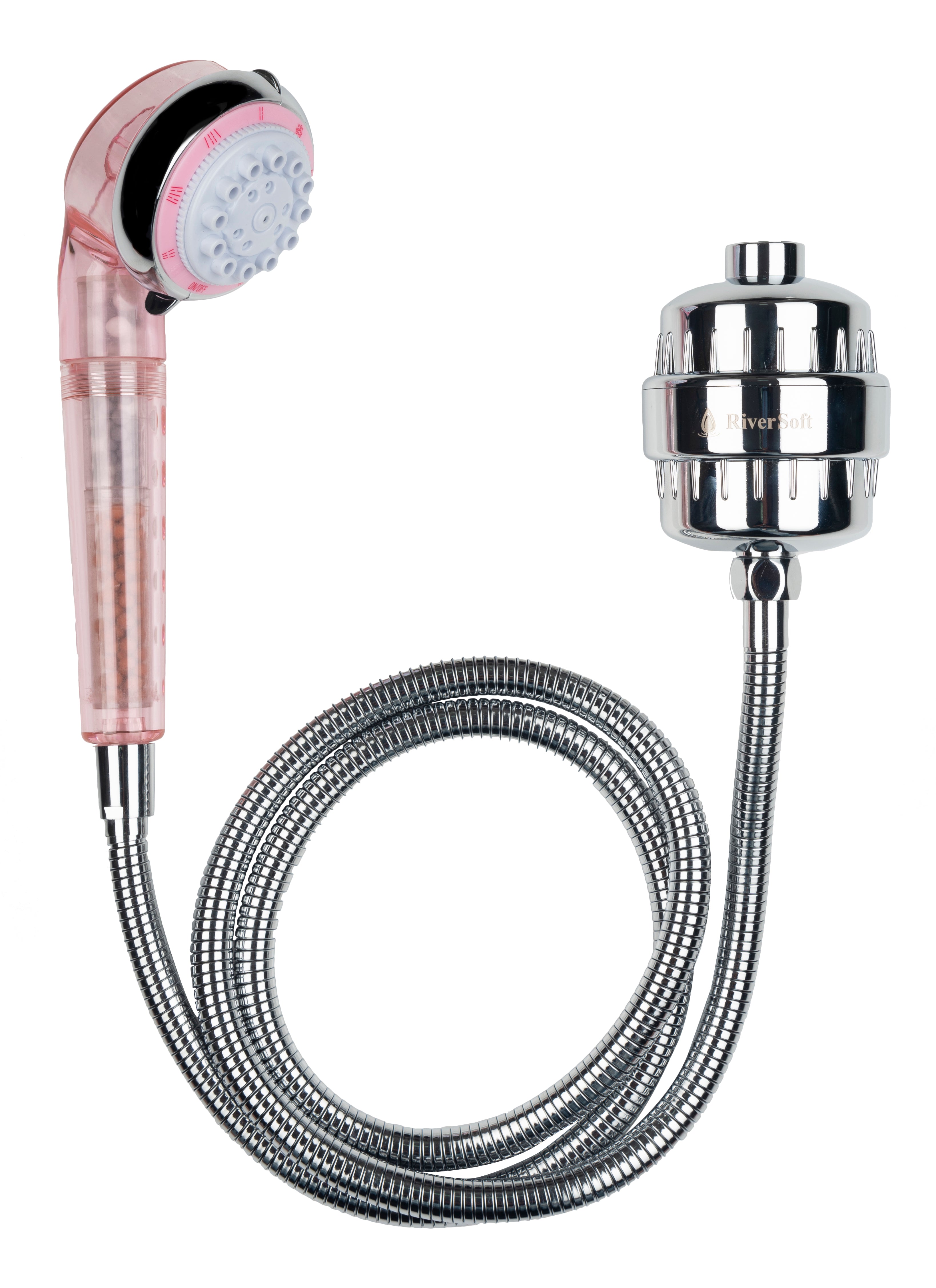
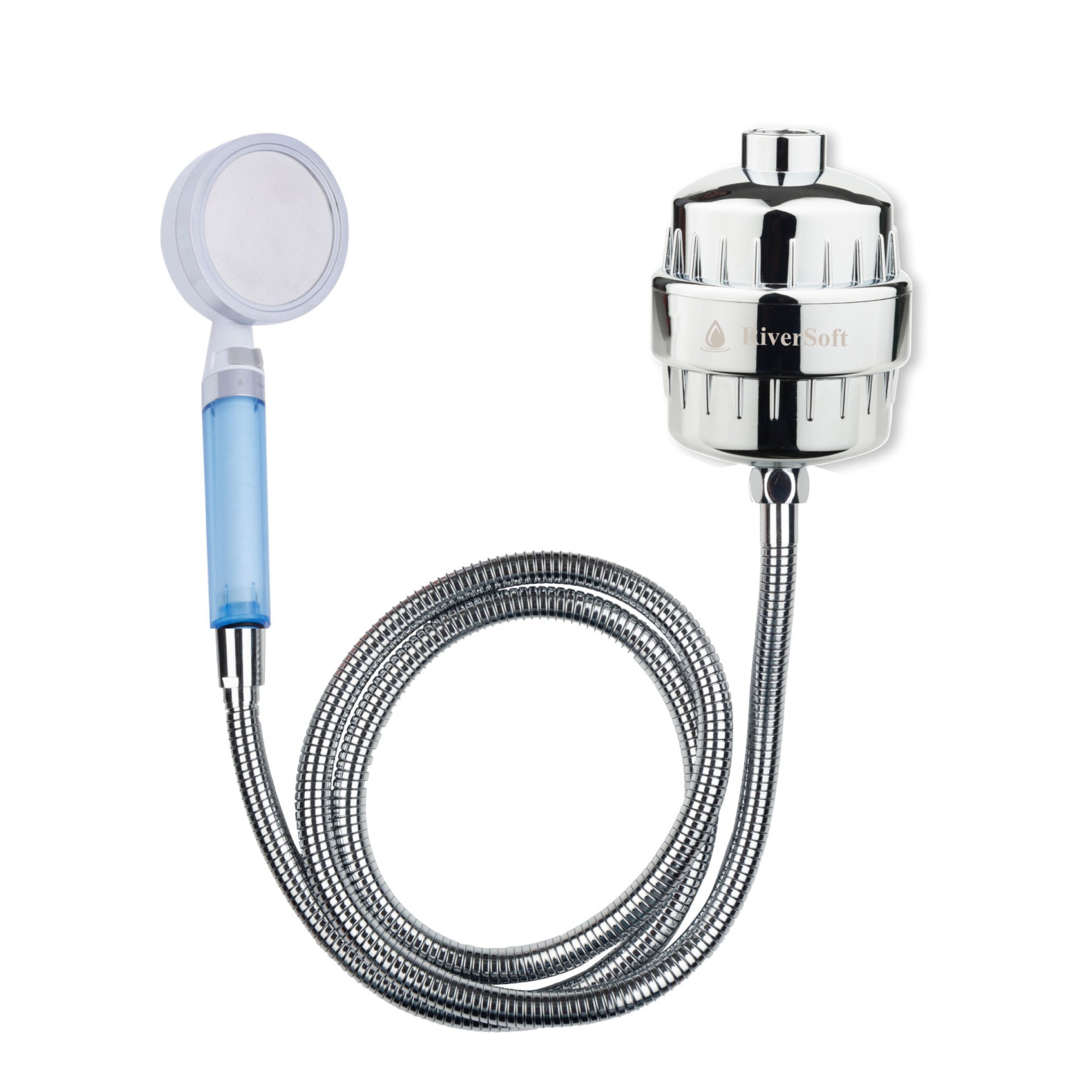







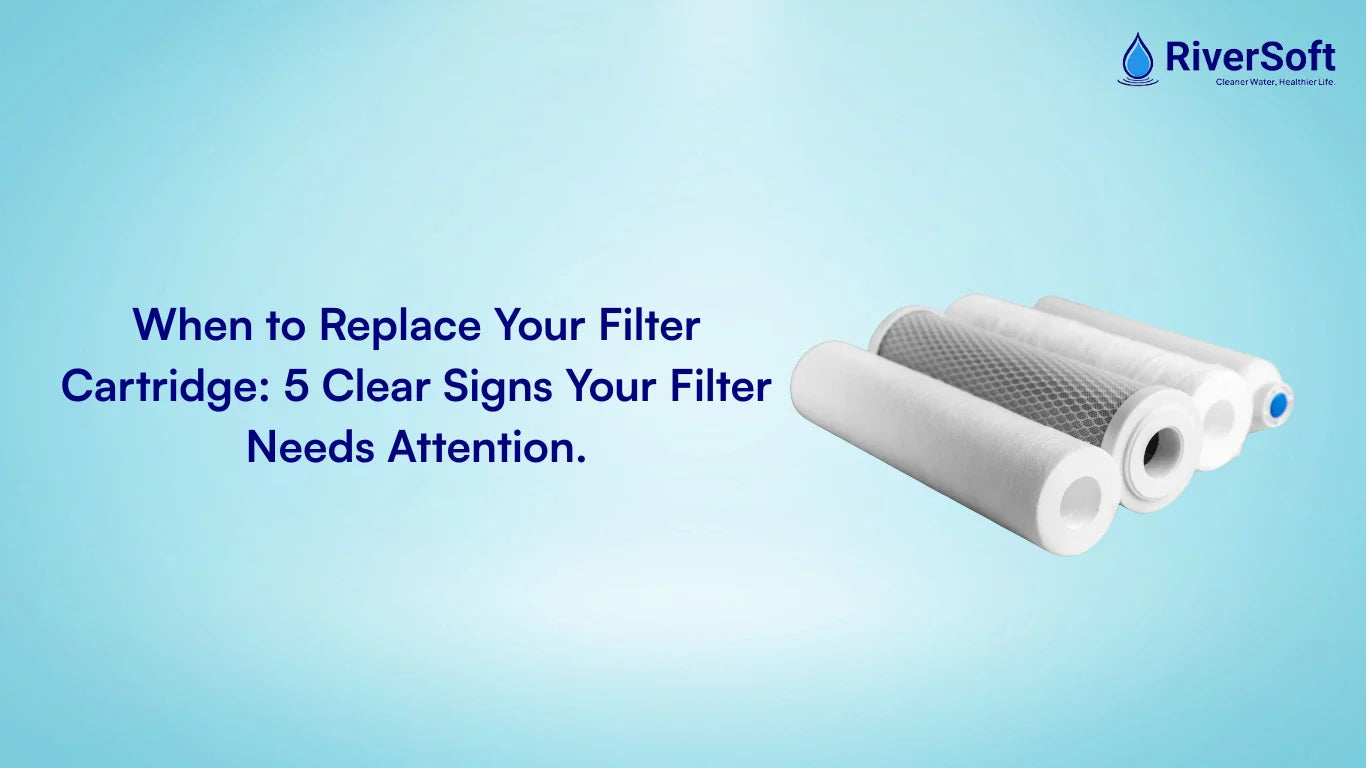
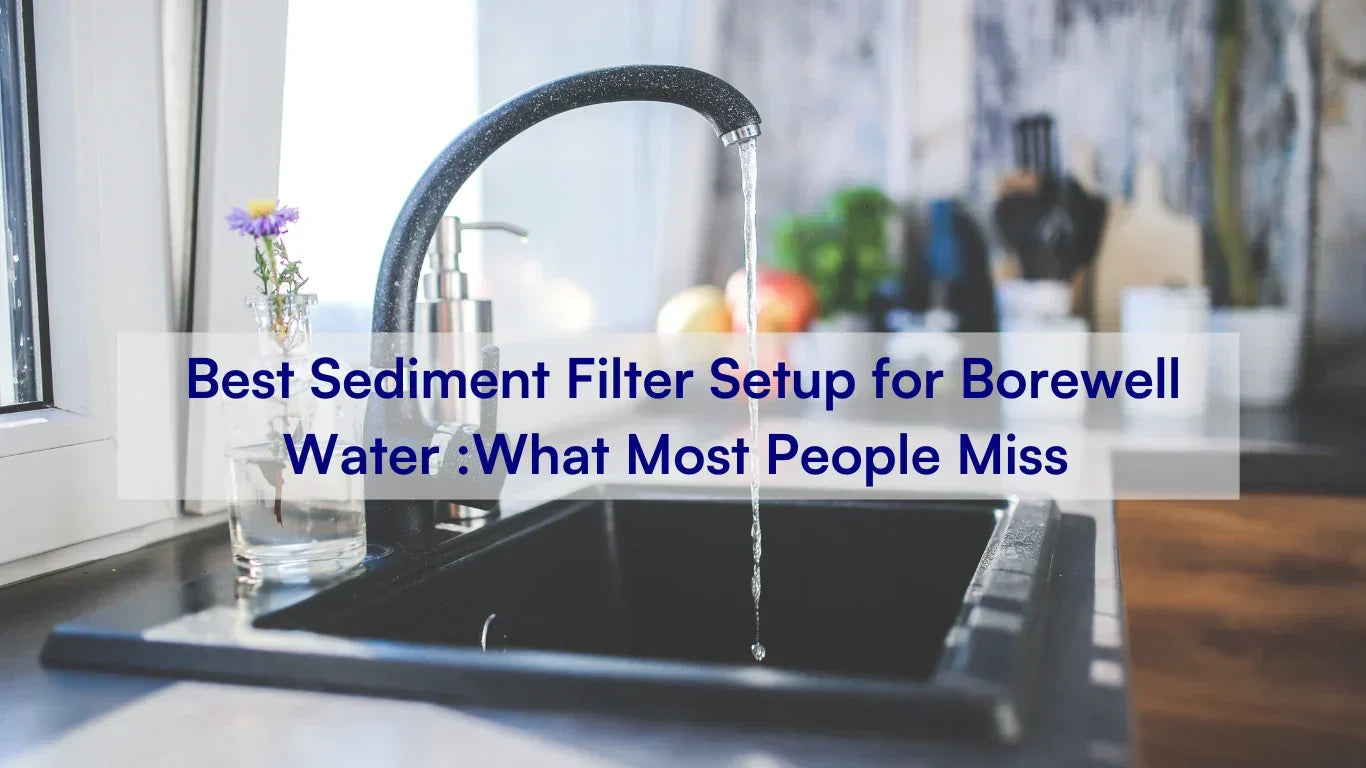
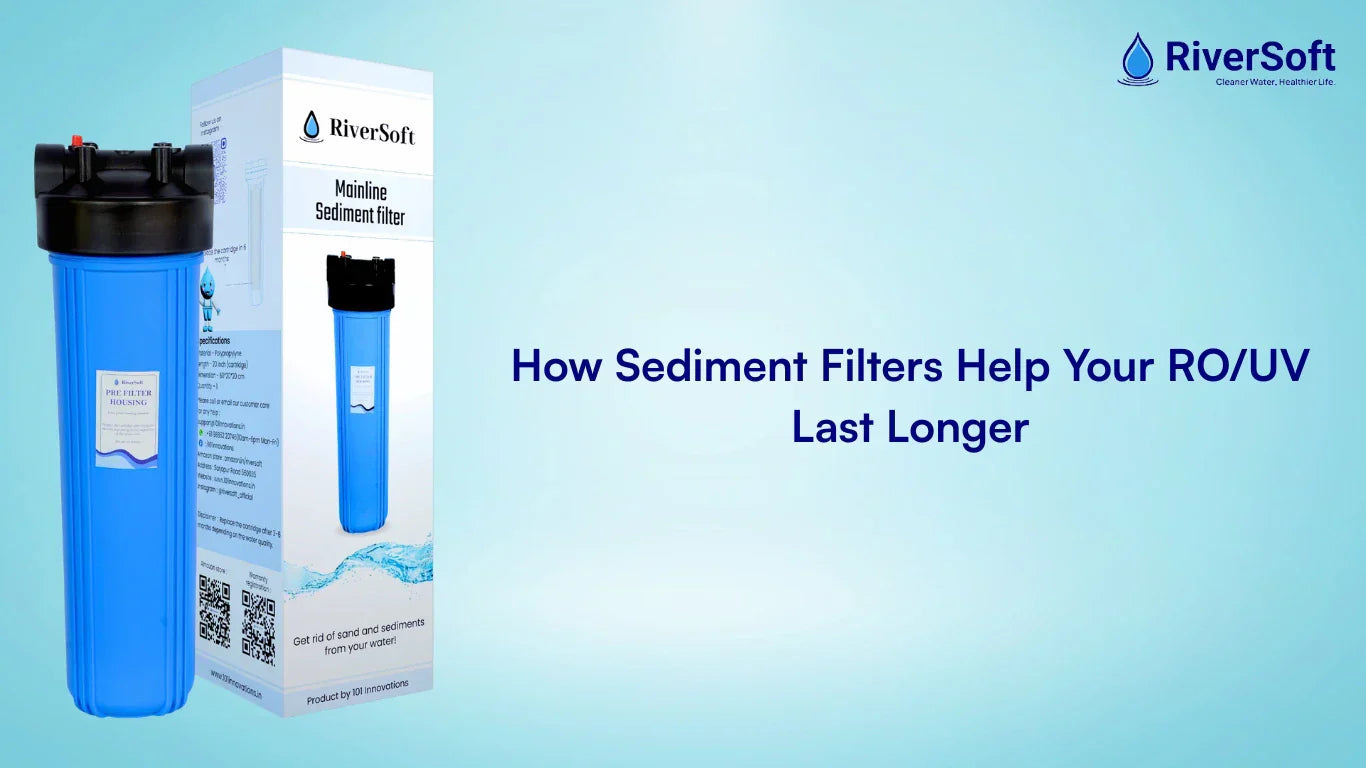
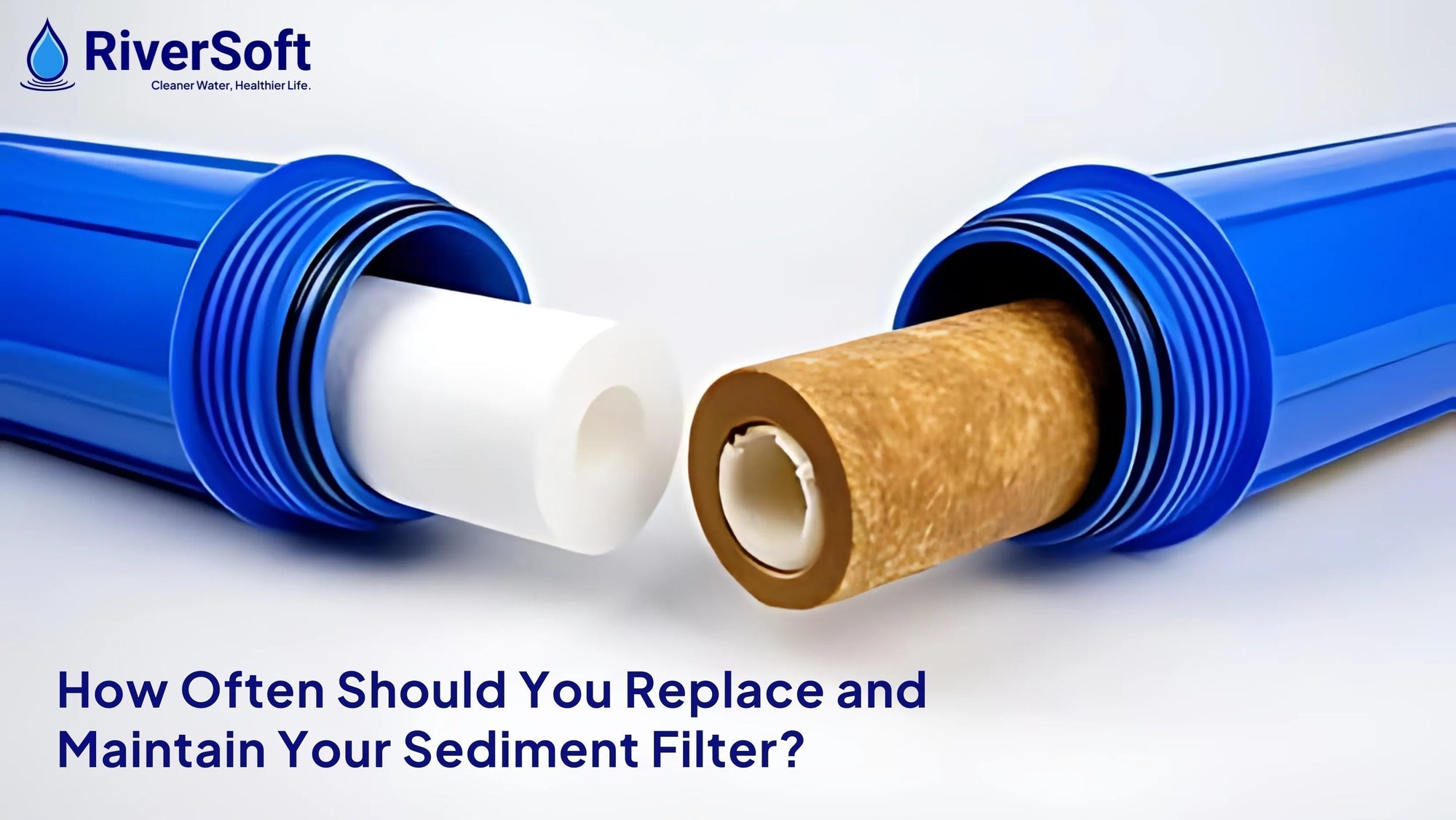
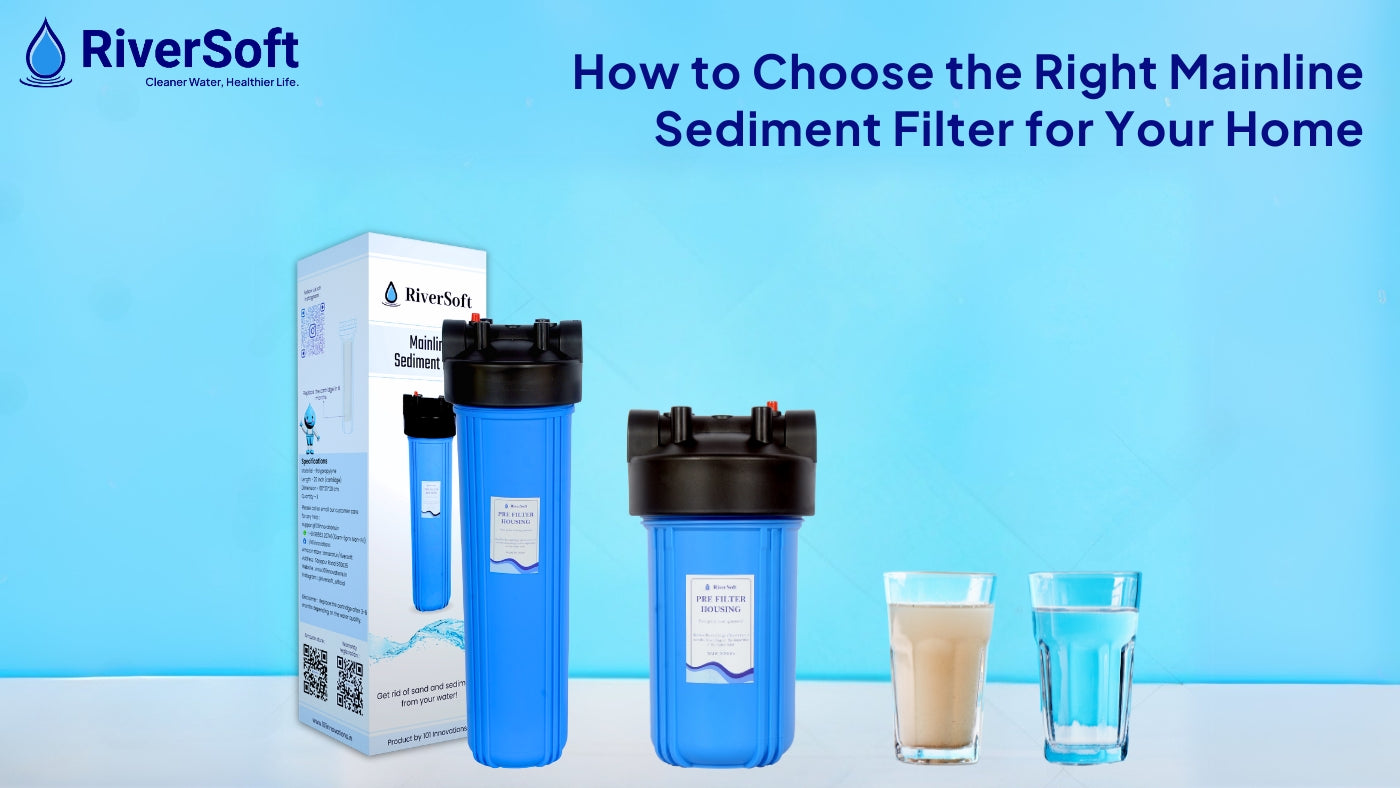
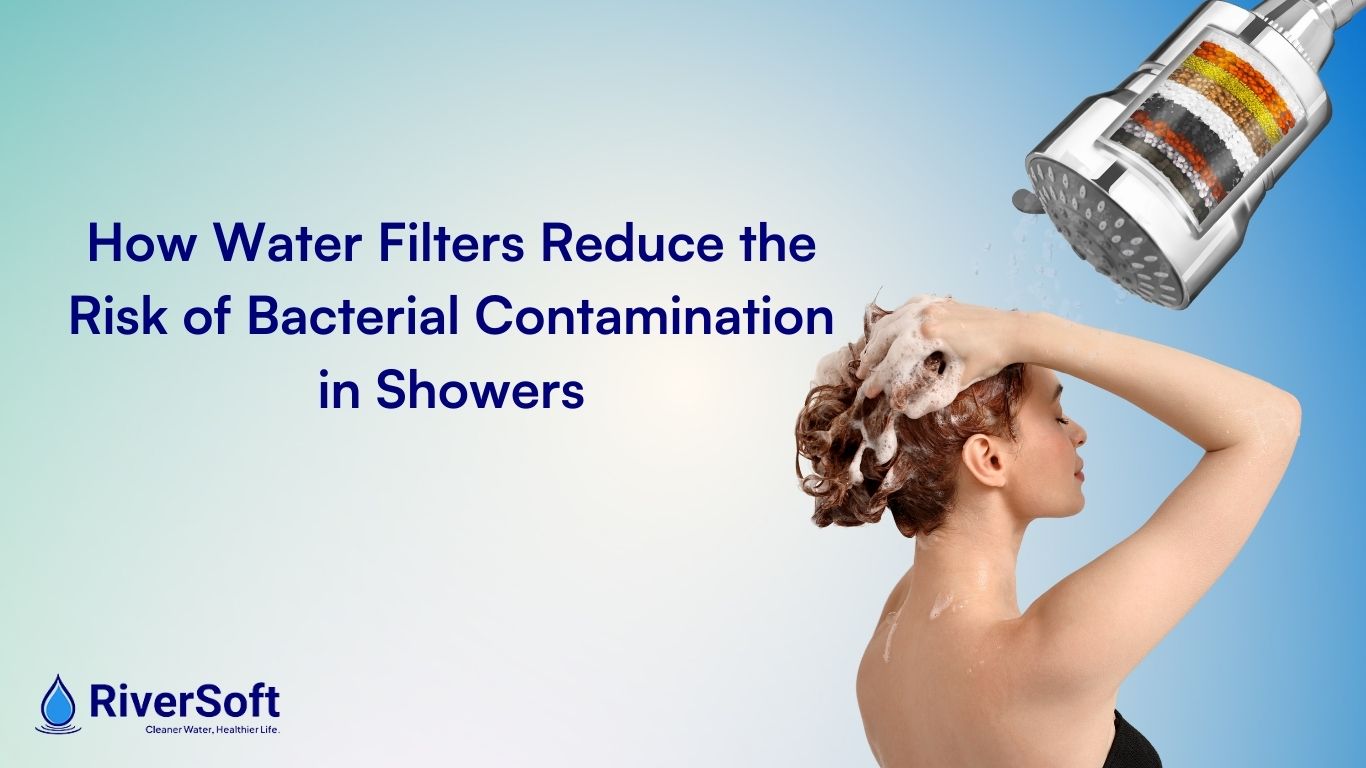
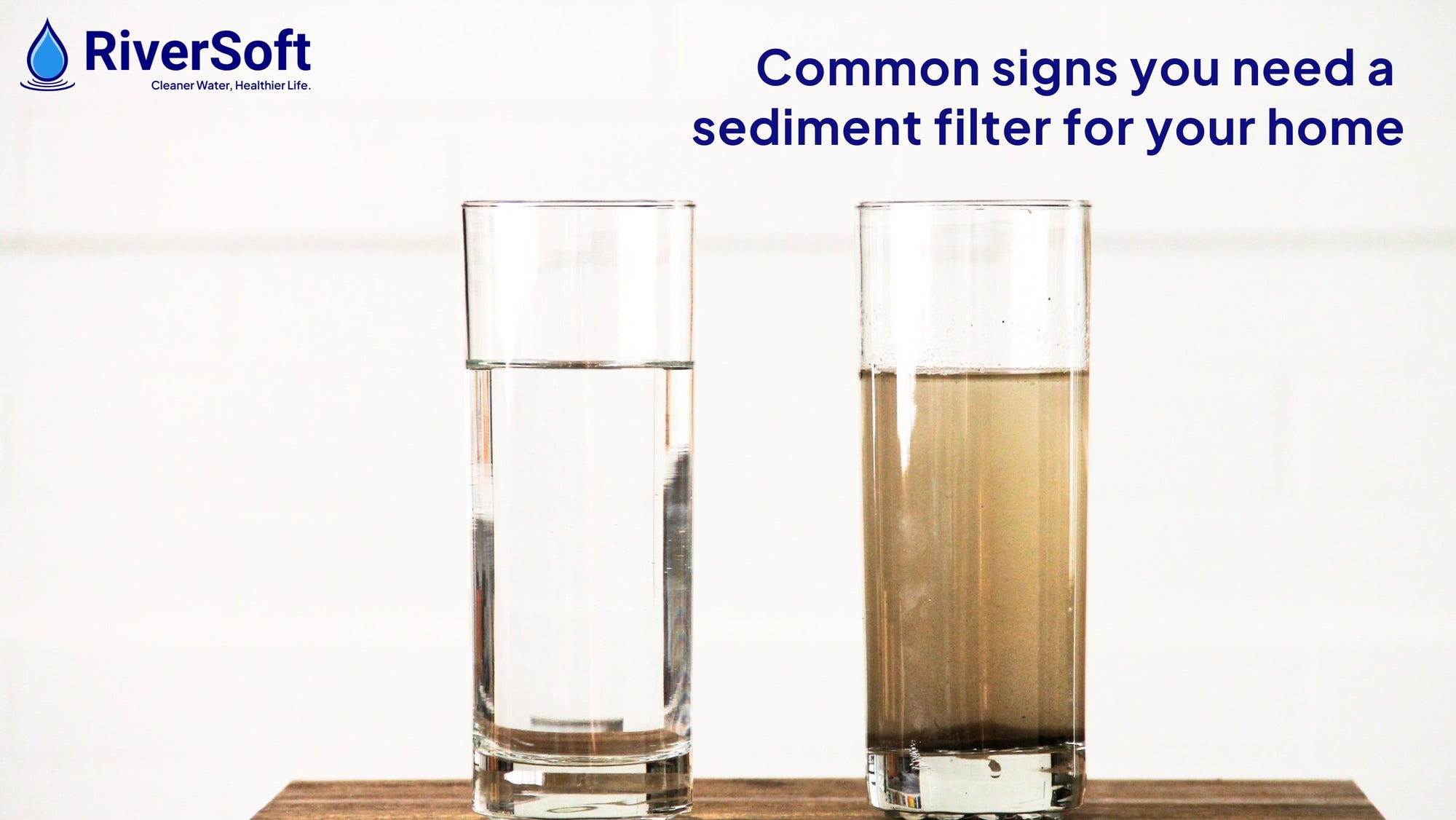
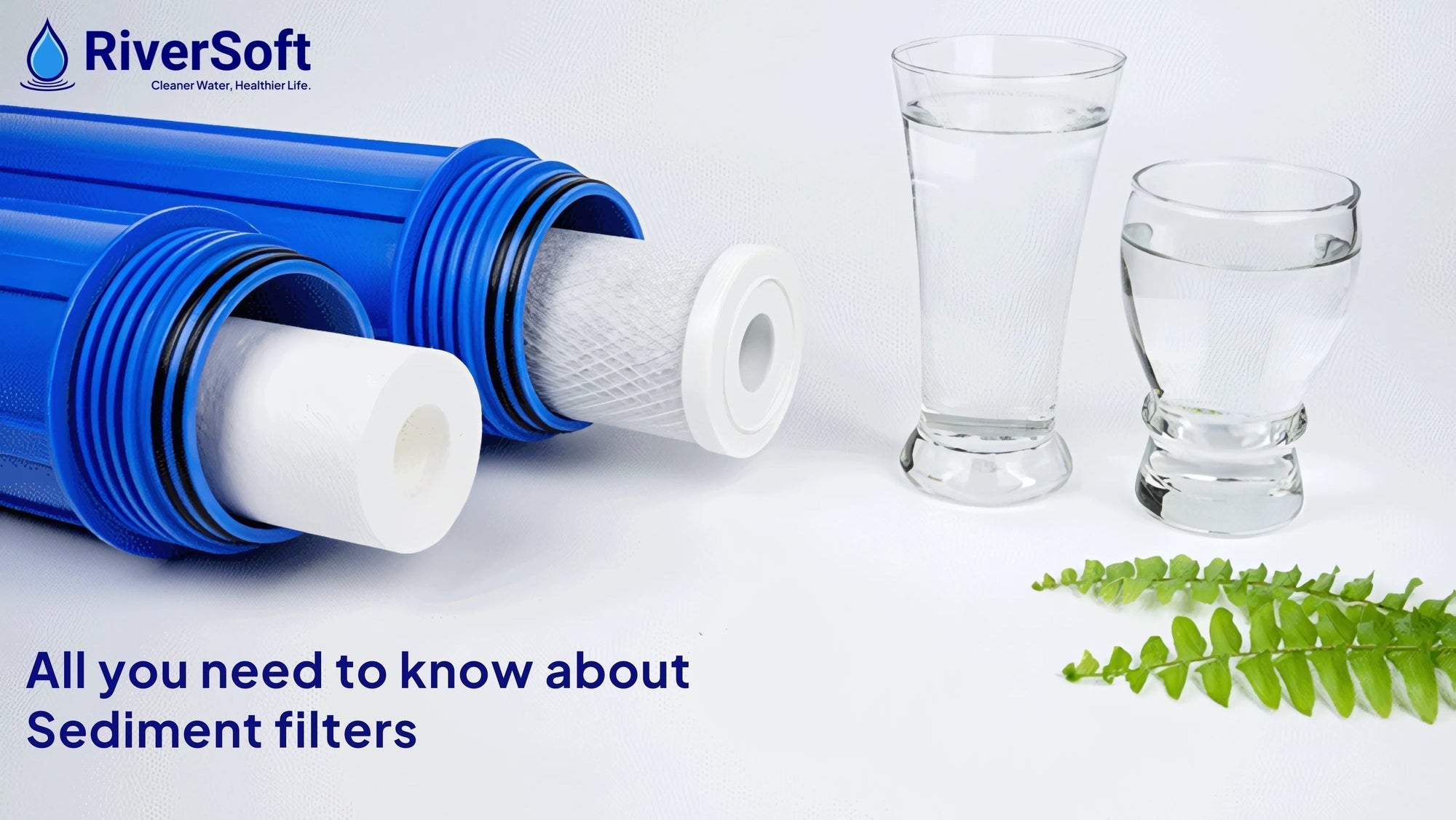
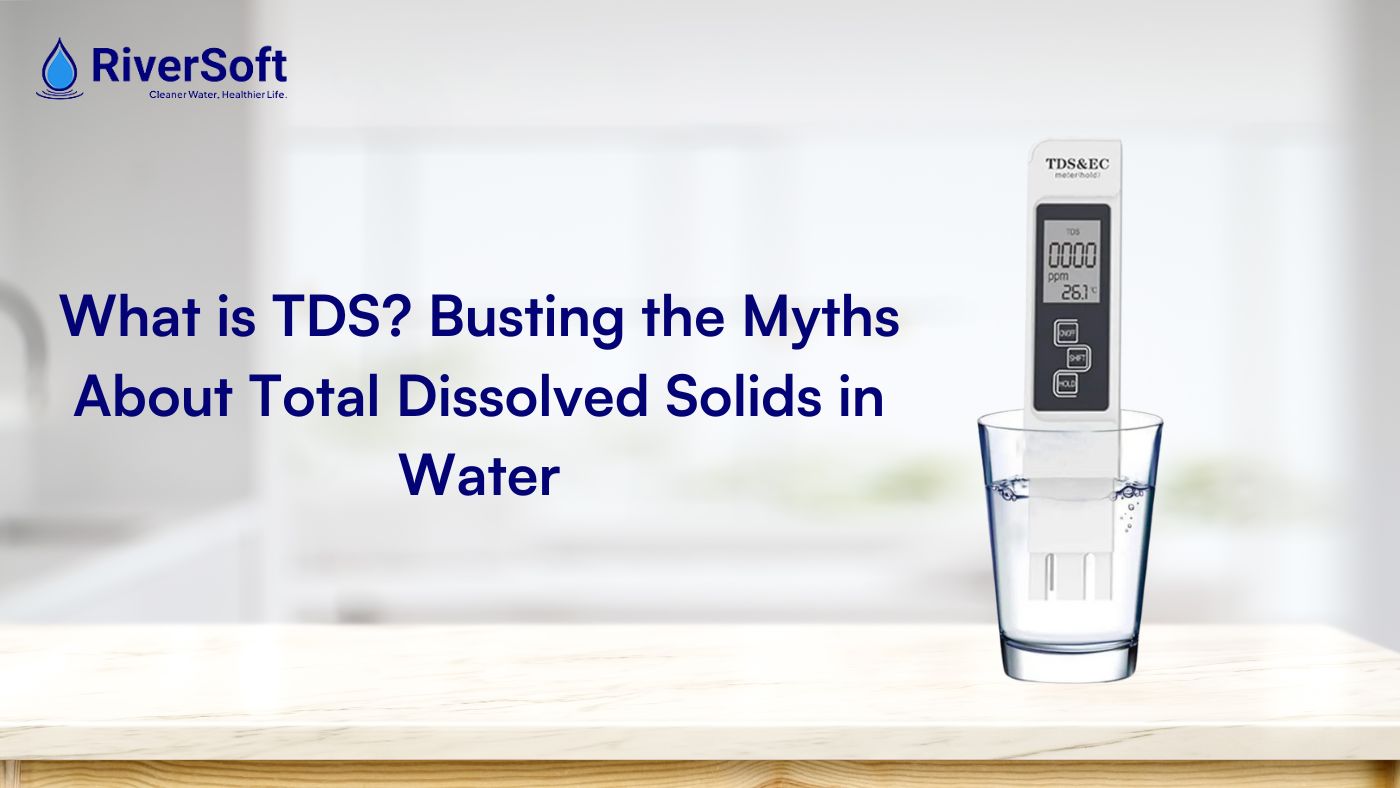
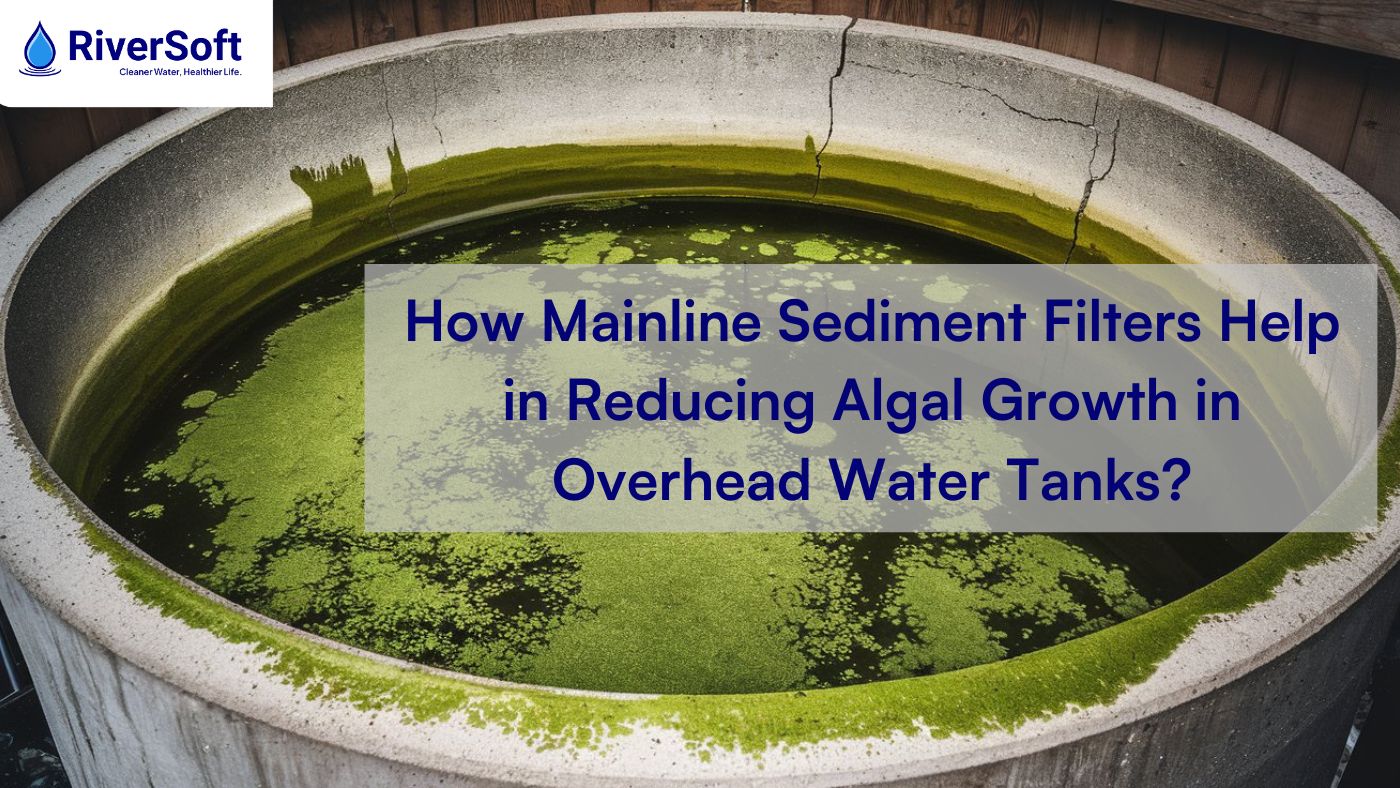
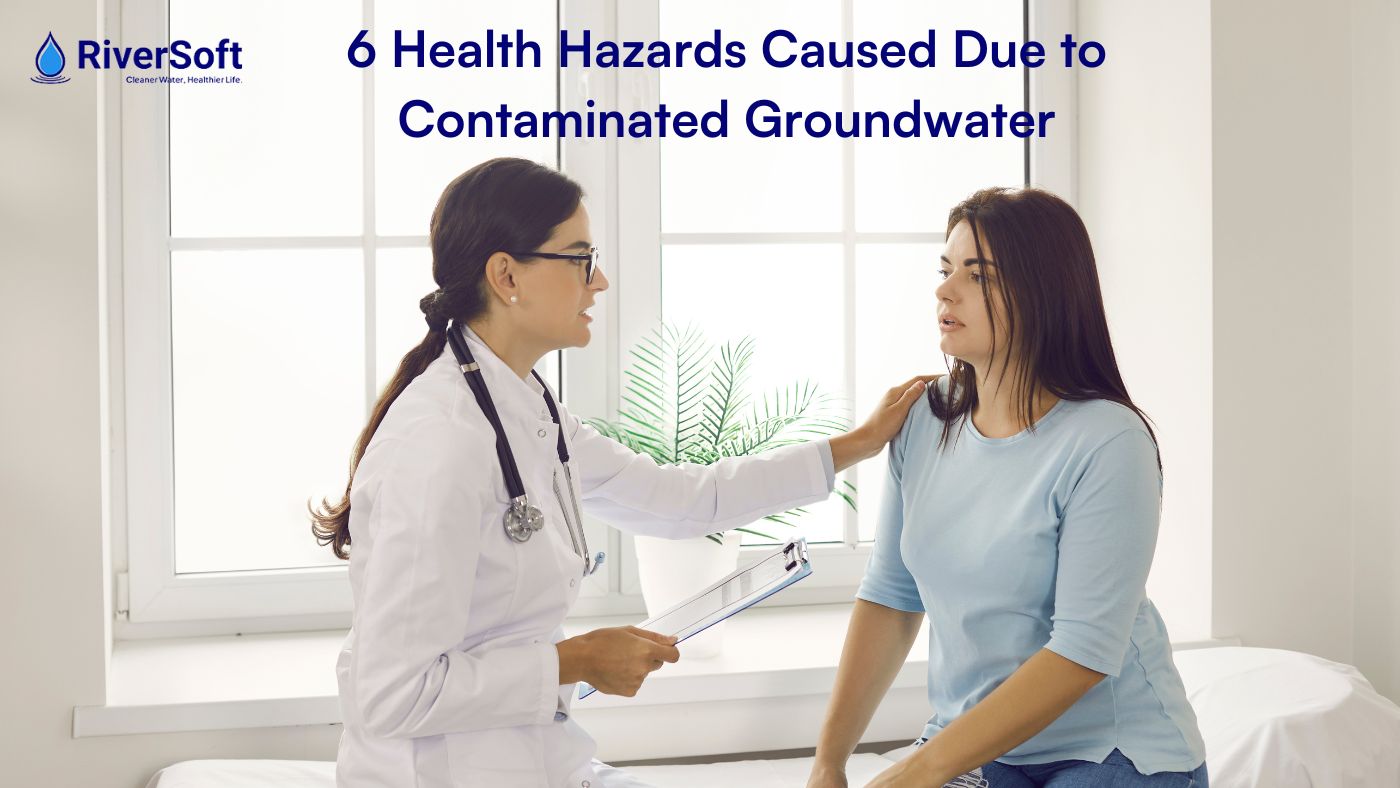
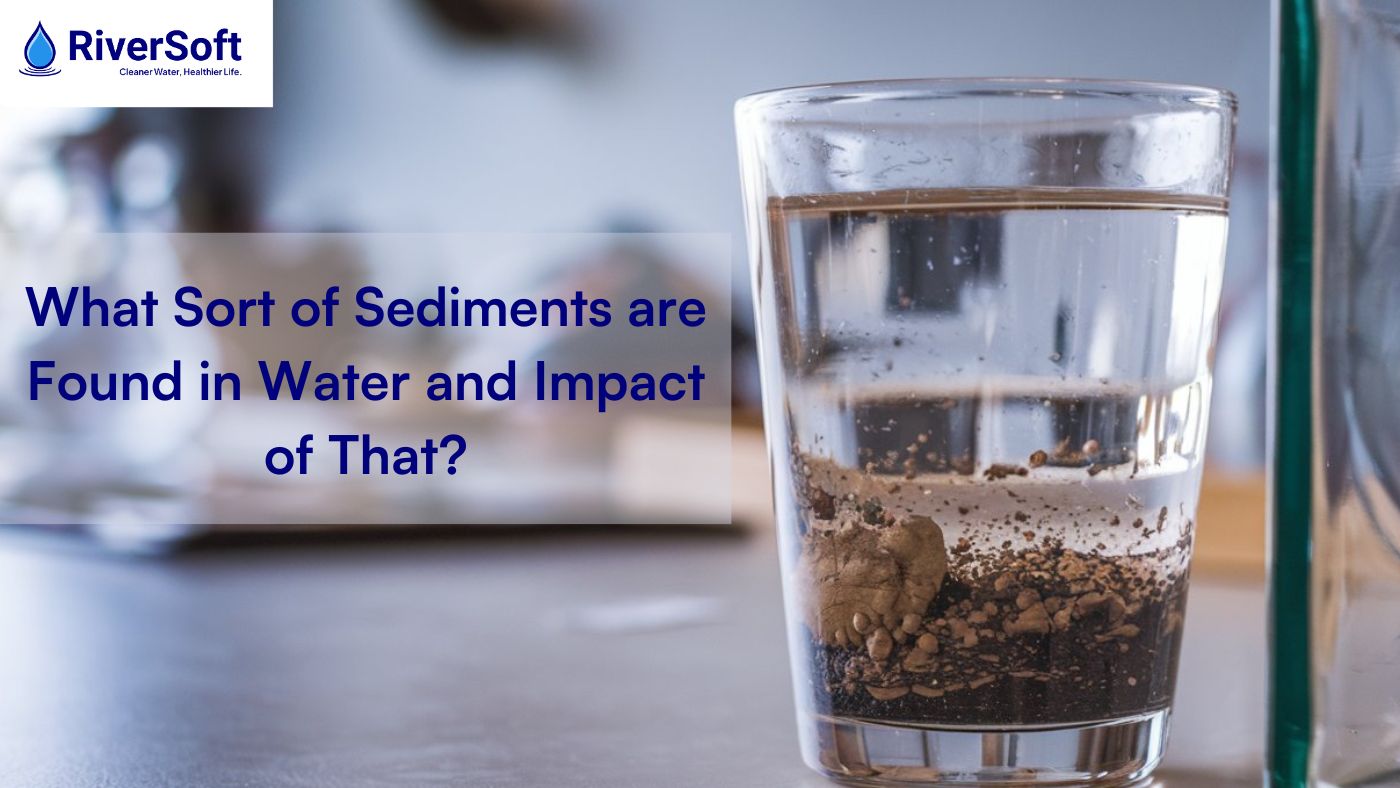

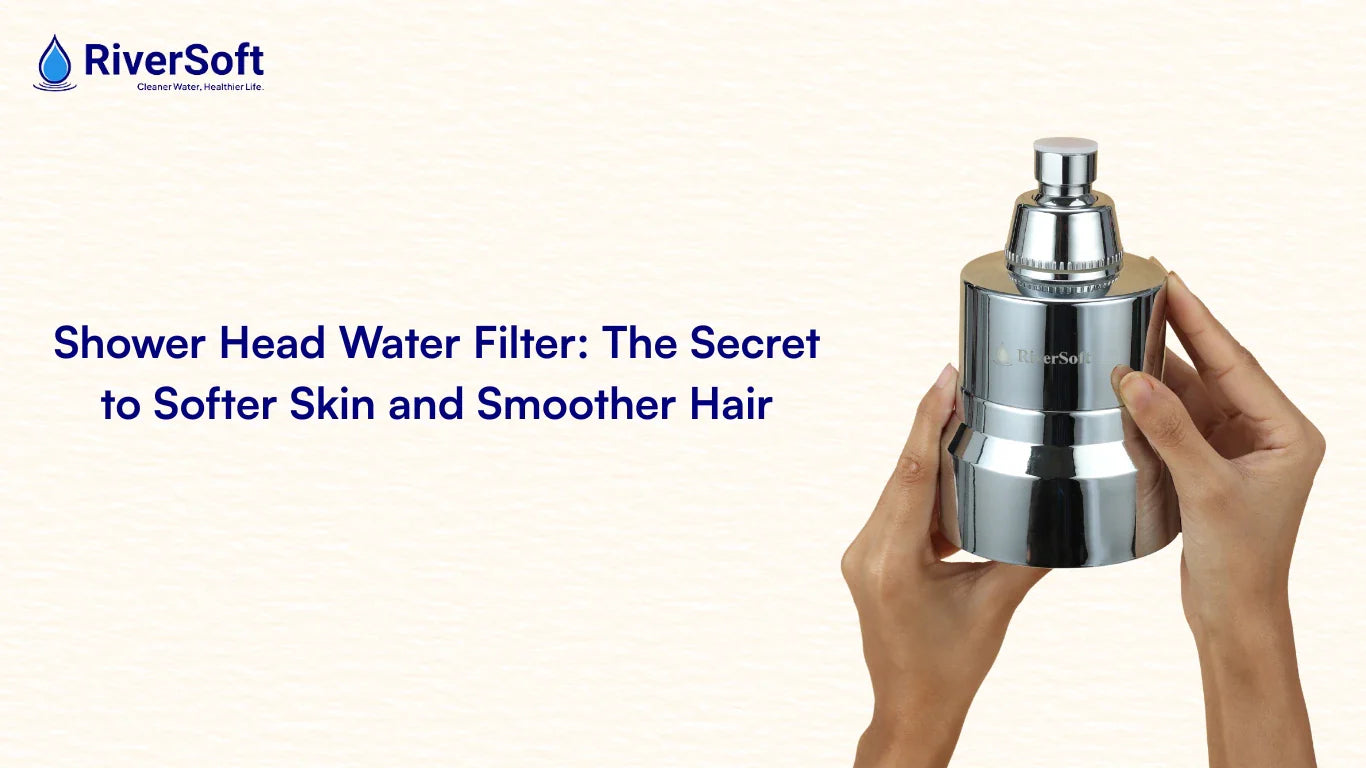
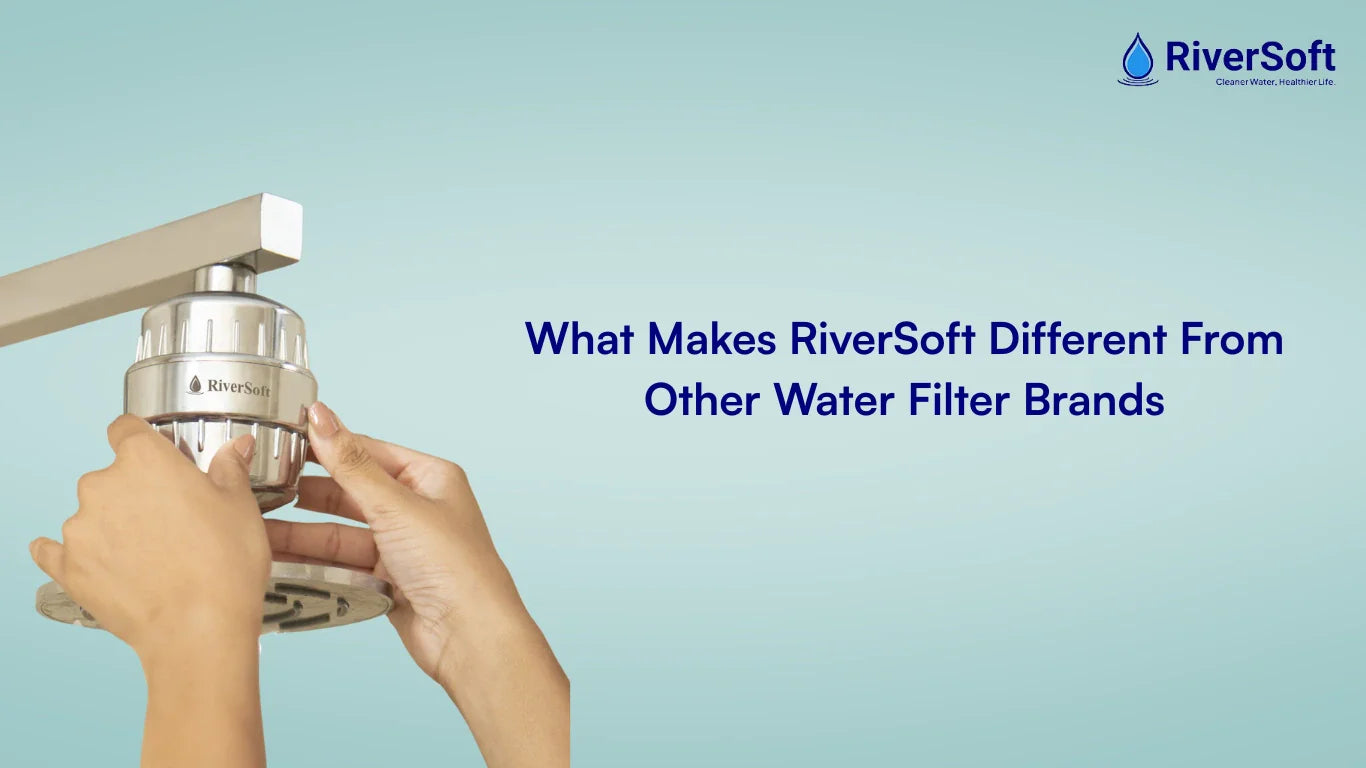


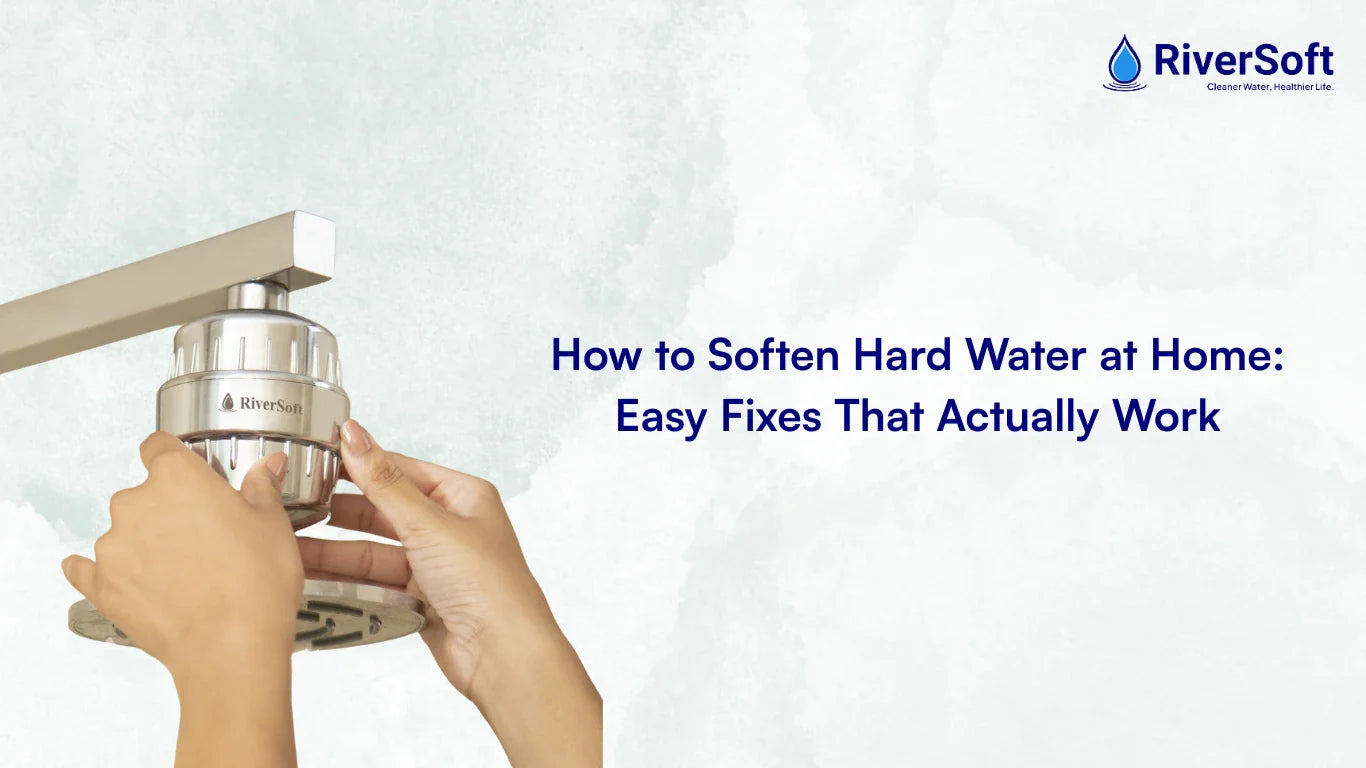

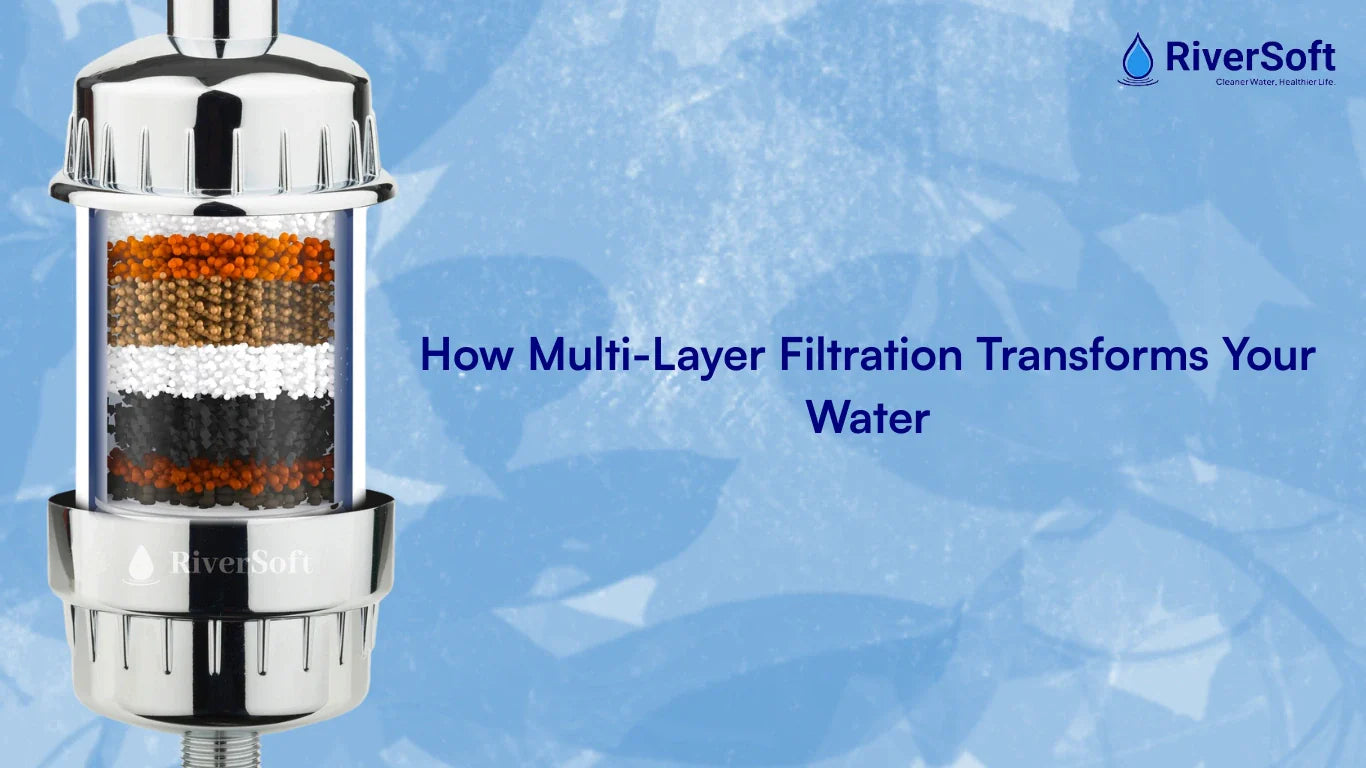
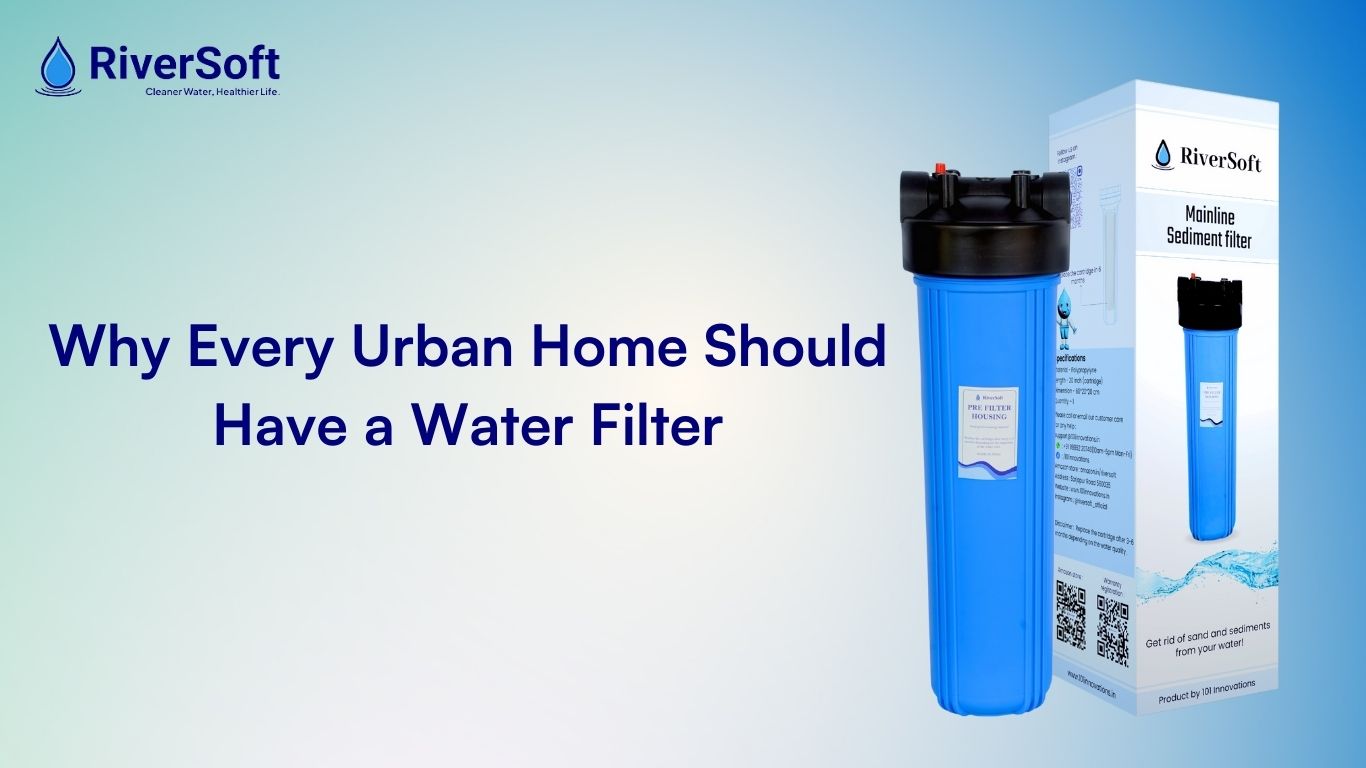

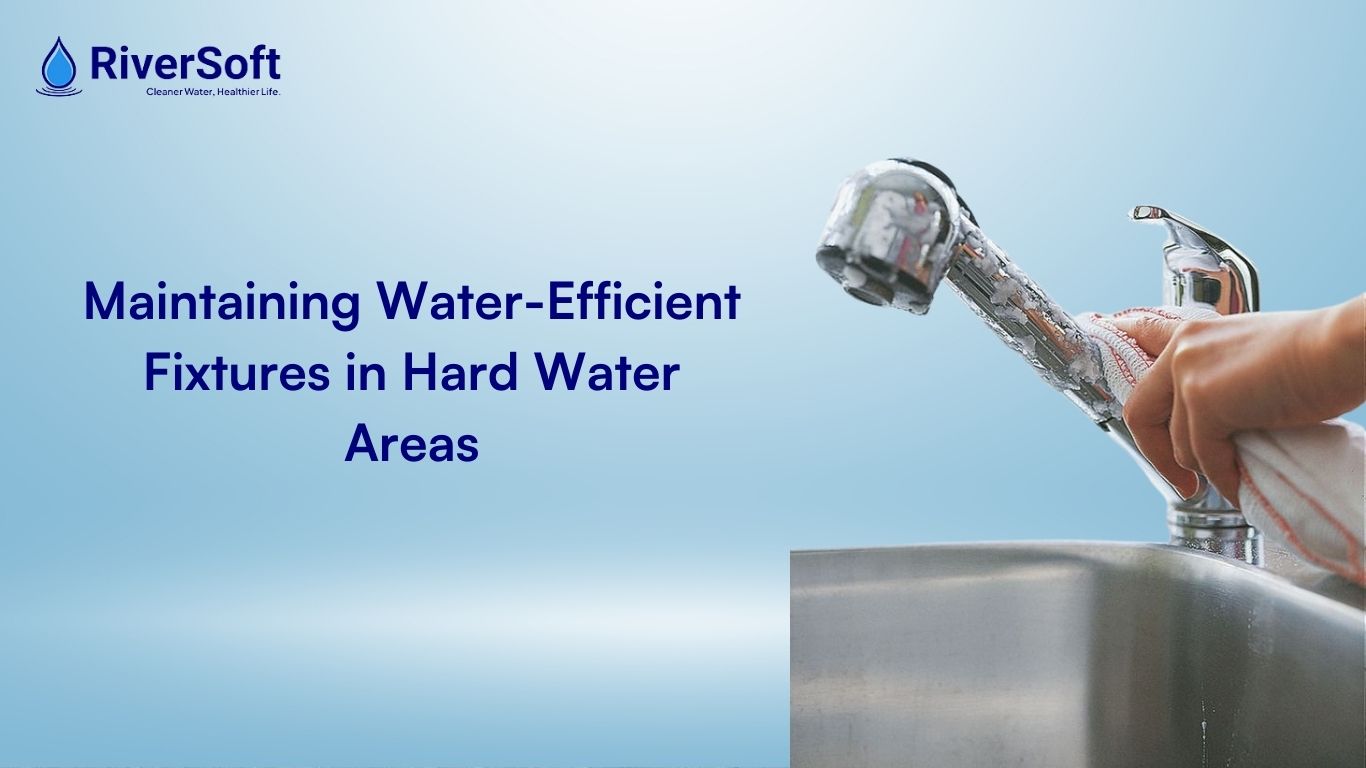
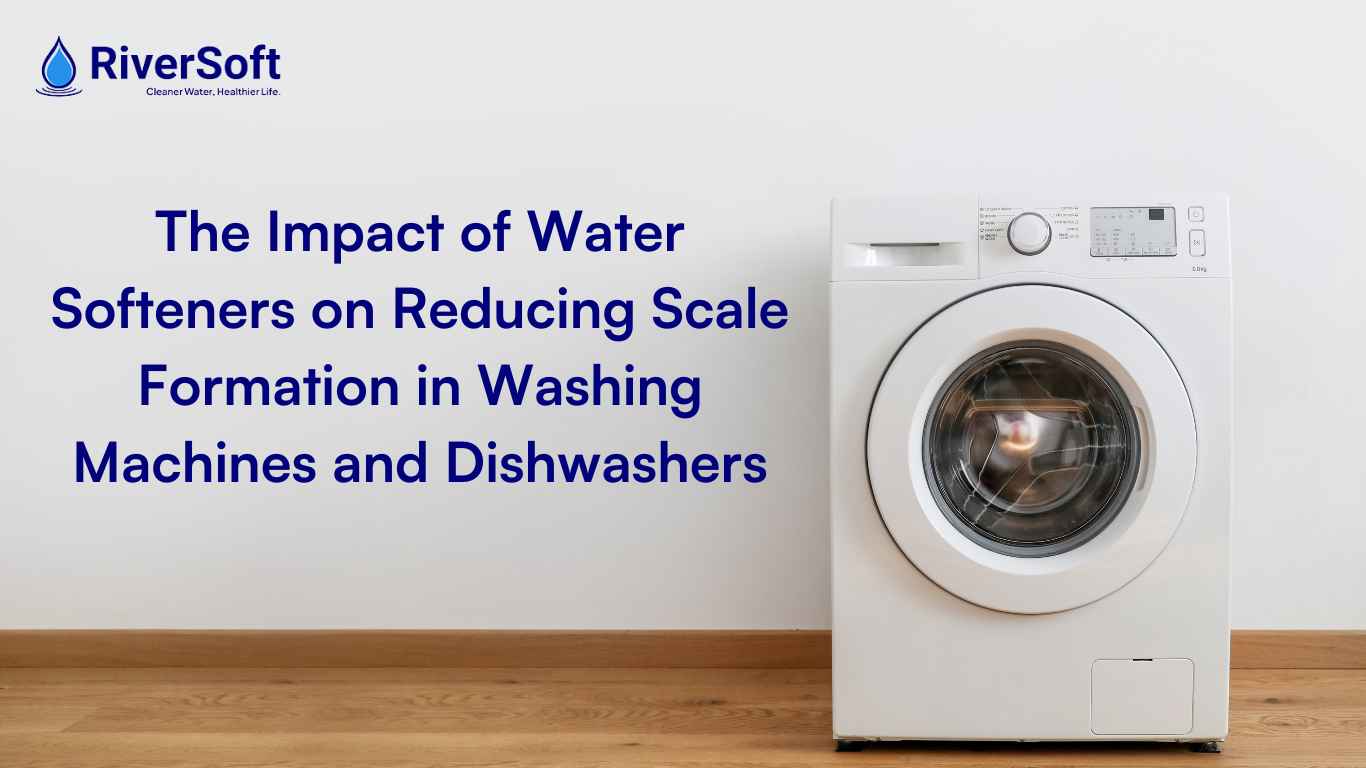
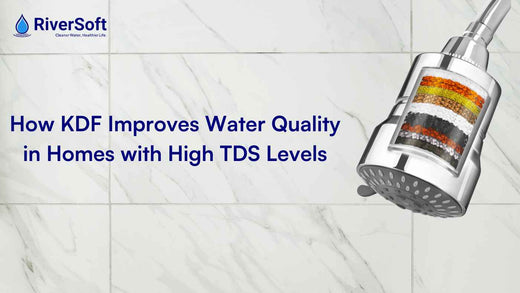

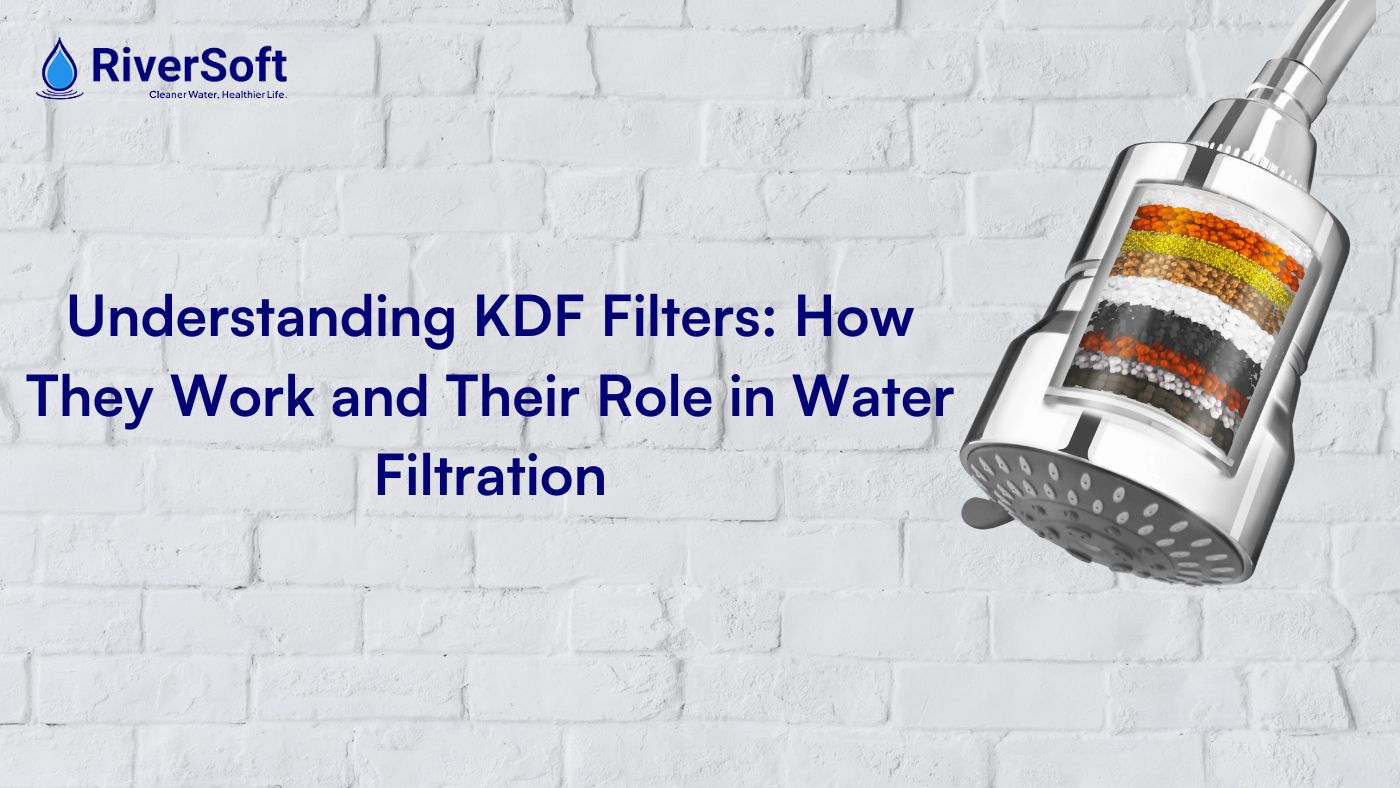
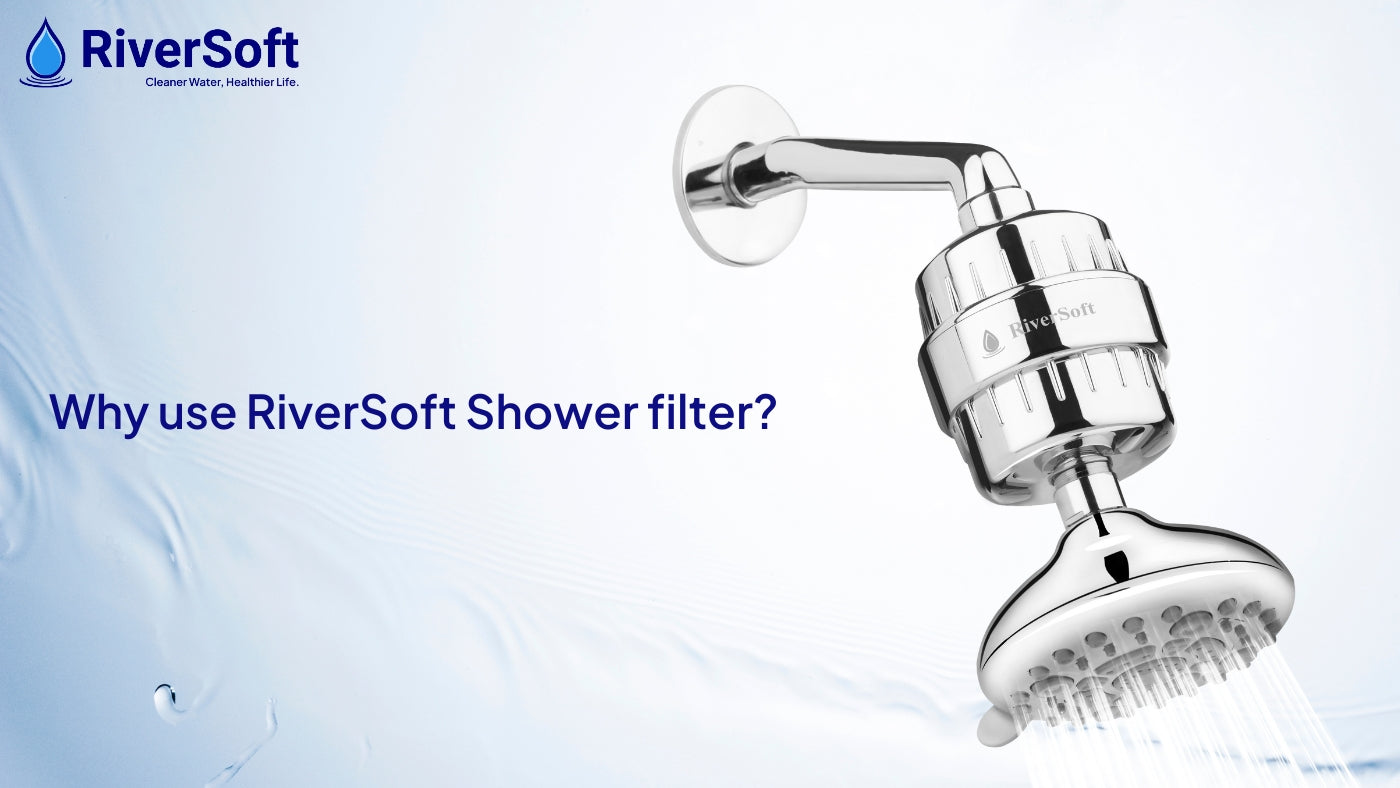
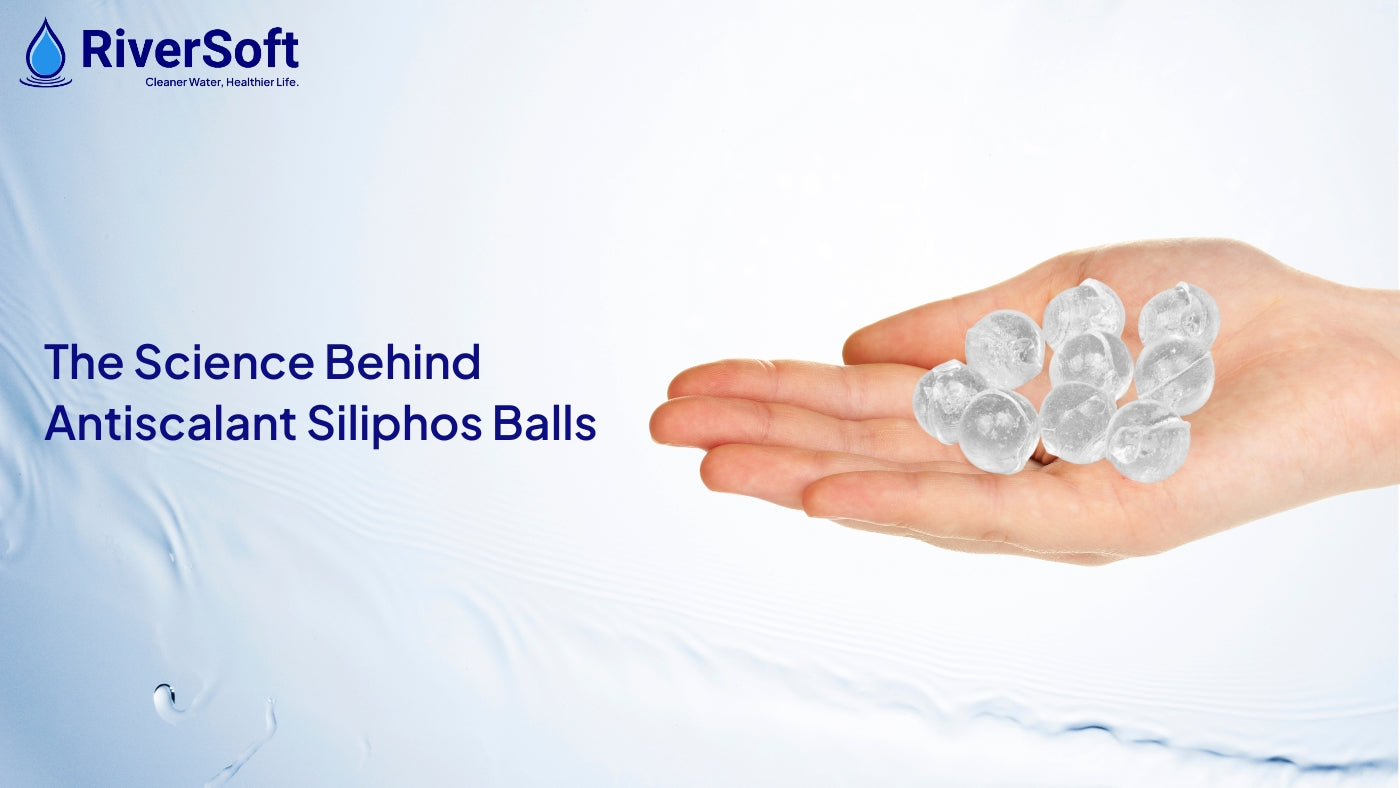
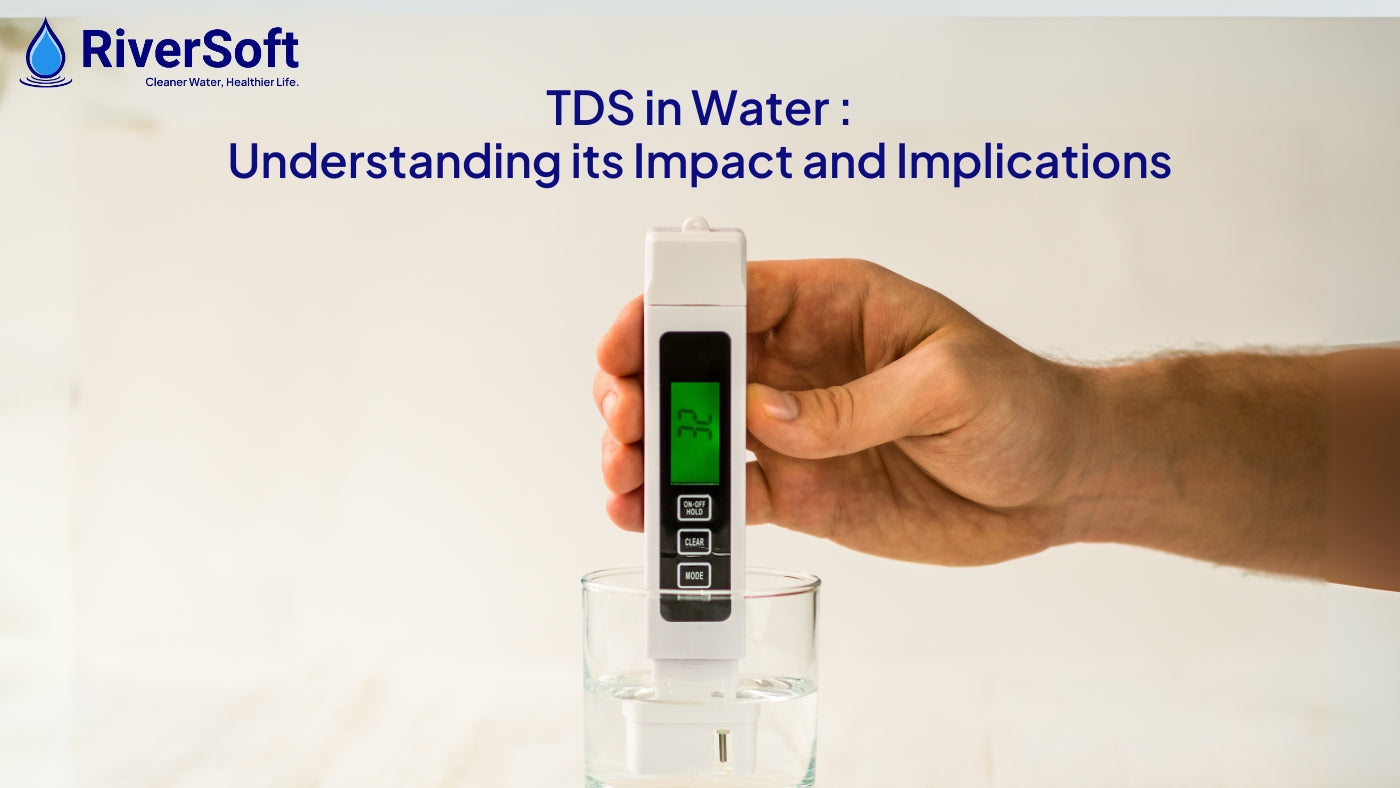
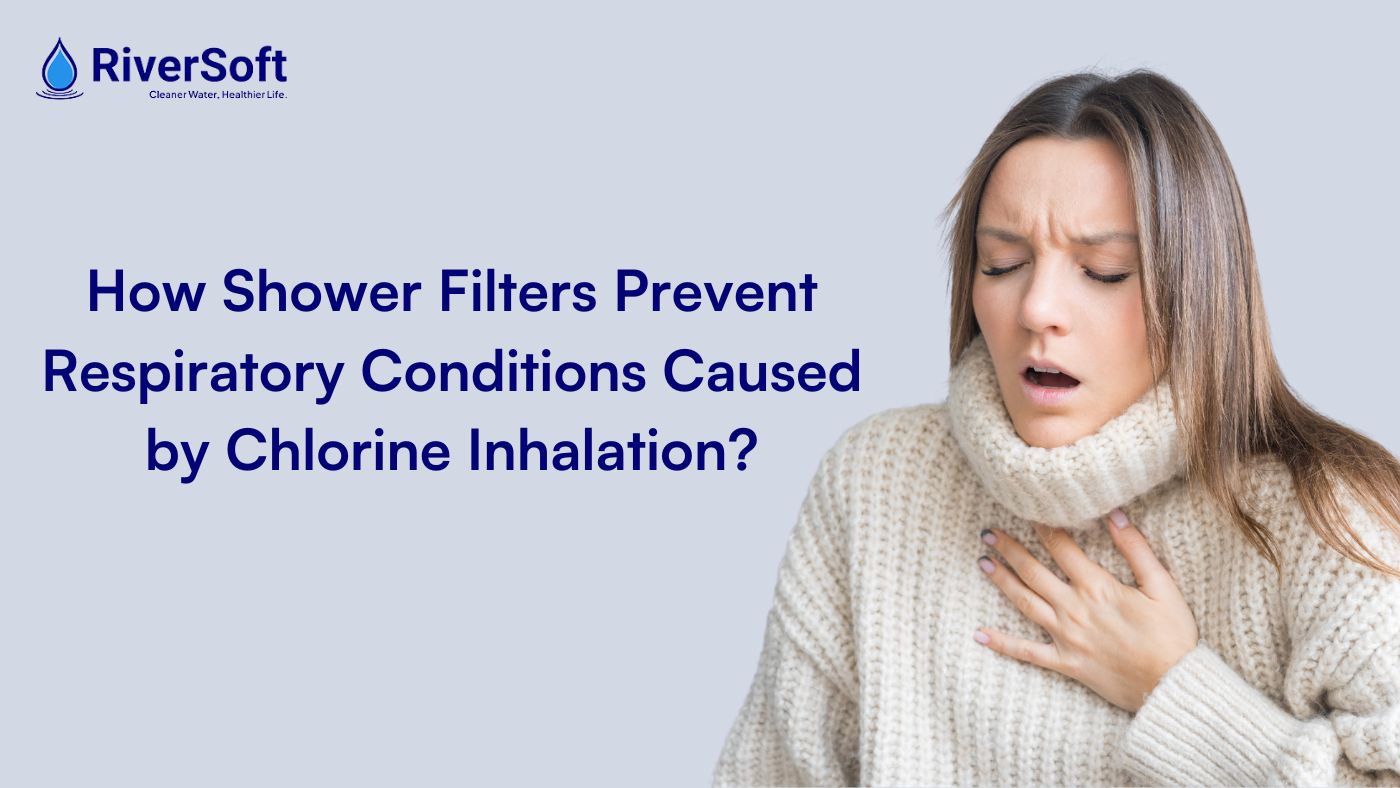



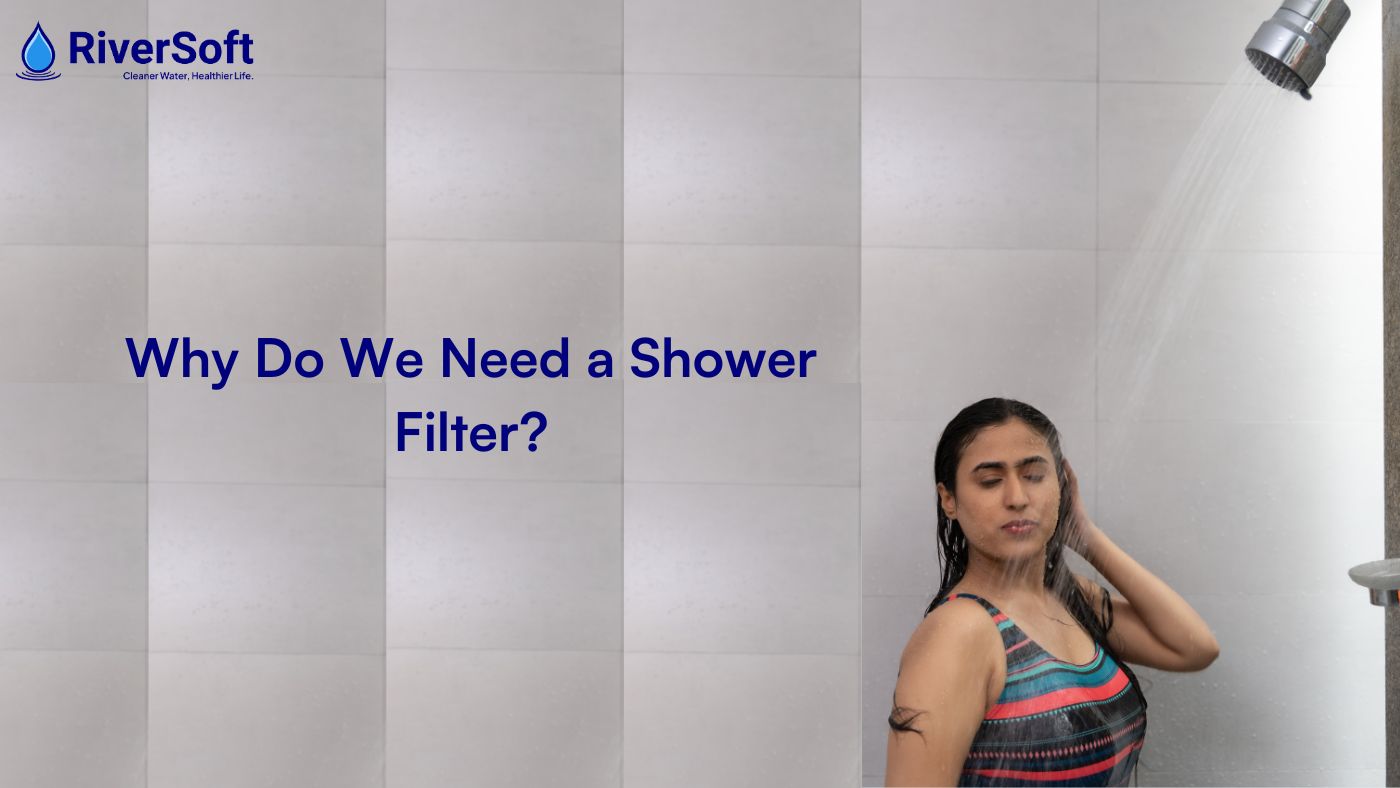







Ashutosh was inspired to solve water quality issues after witnessing the harmful effects of hard water on his family’s health and home. Recognizing the widespread impact of poor water quality, he committed to creating innovative solutions that ensure safe and clean water for everyone. He is an alumnus of IIT Delhi and IIM Ahmedabad, bringing a strong technical and managerial background to RiverSoft.